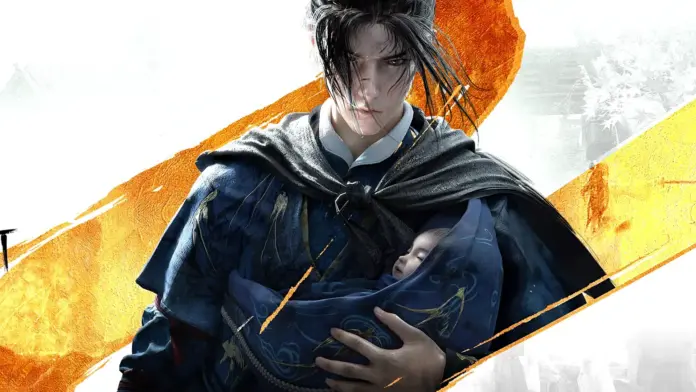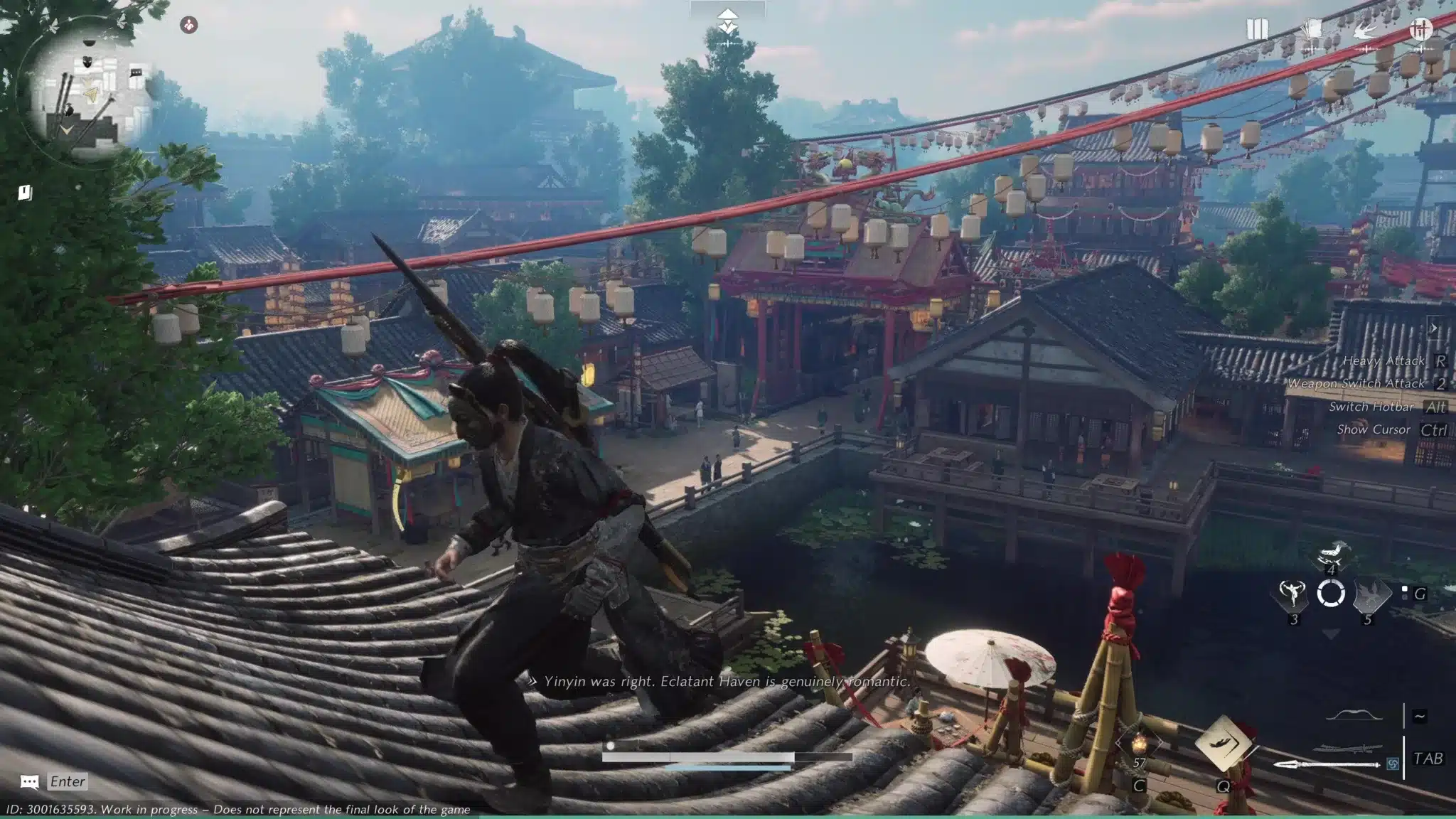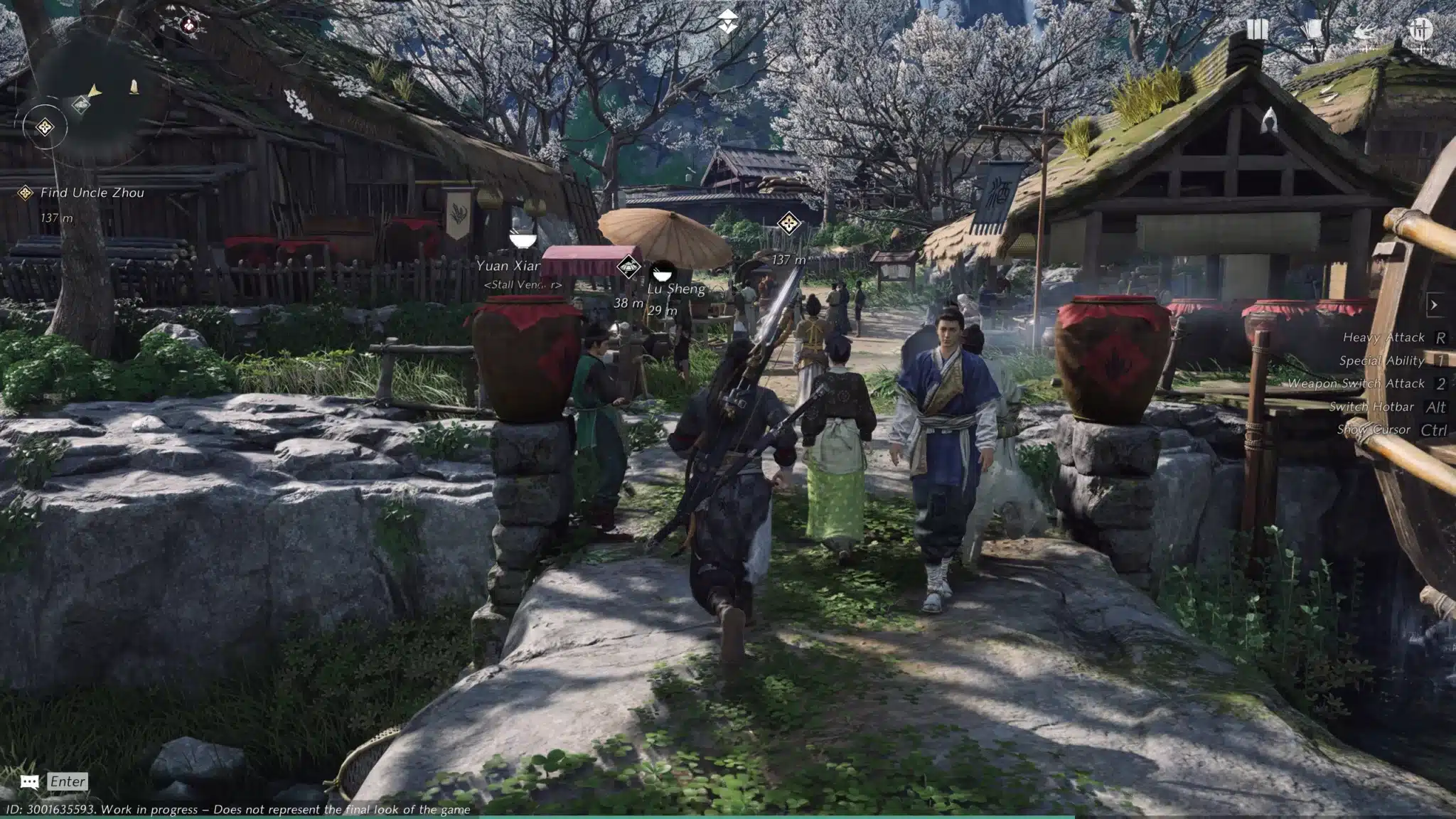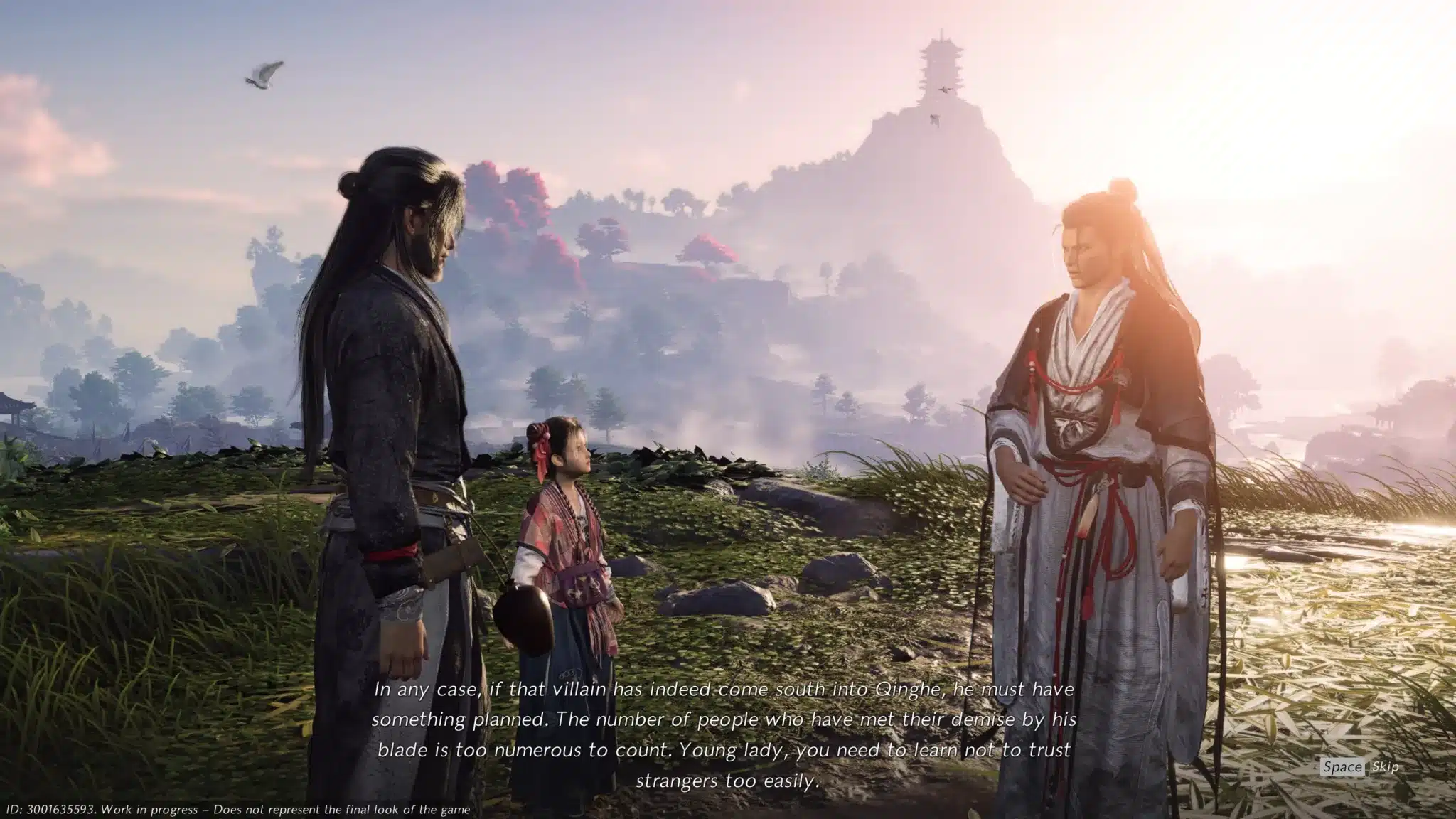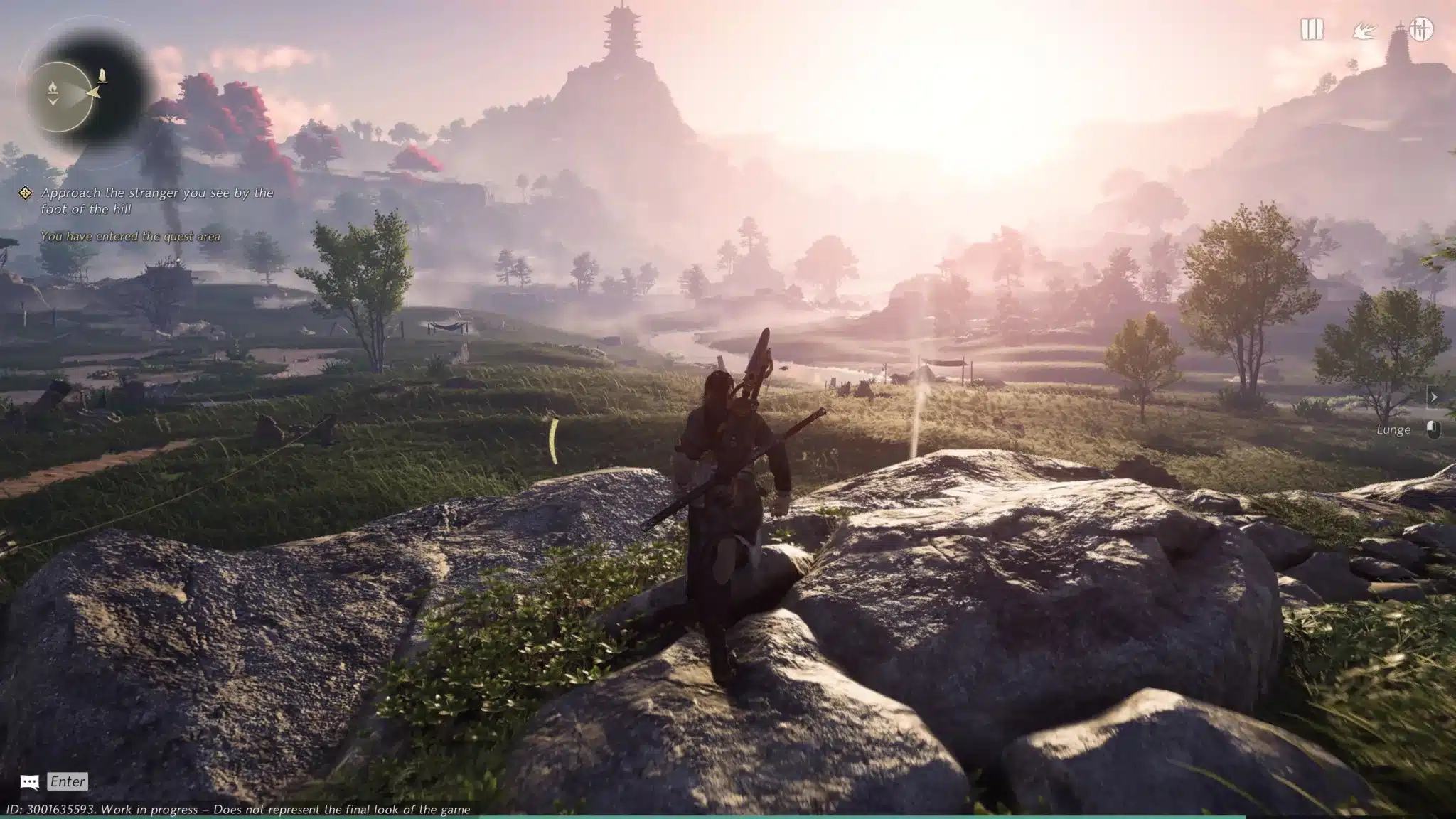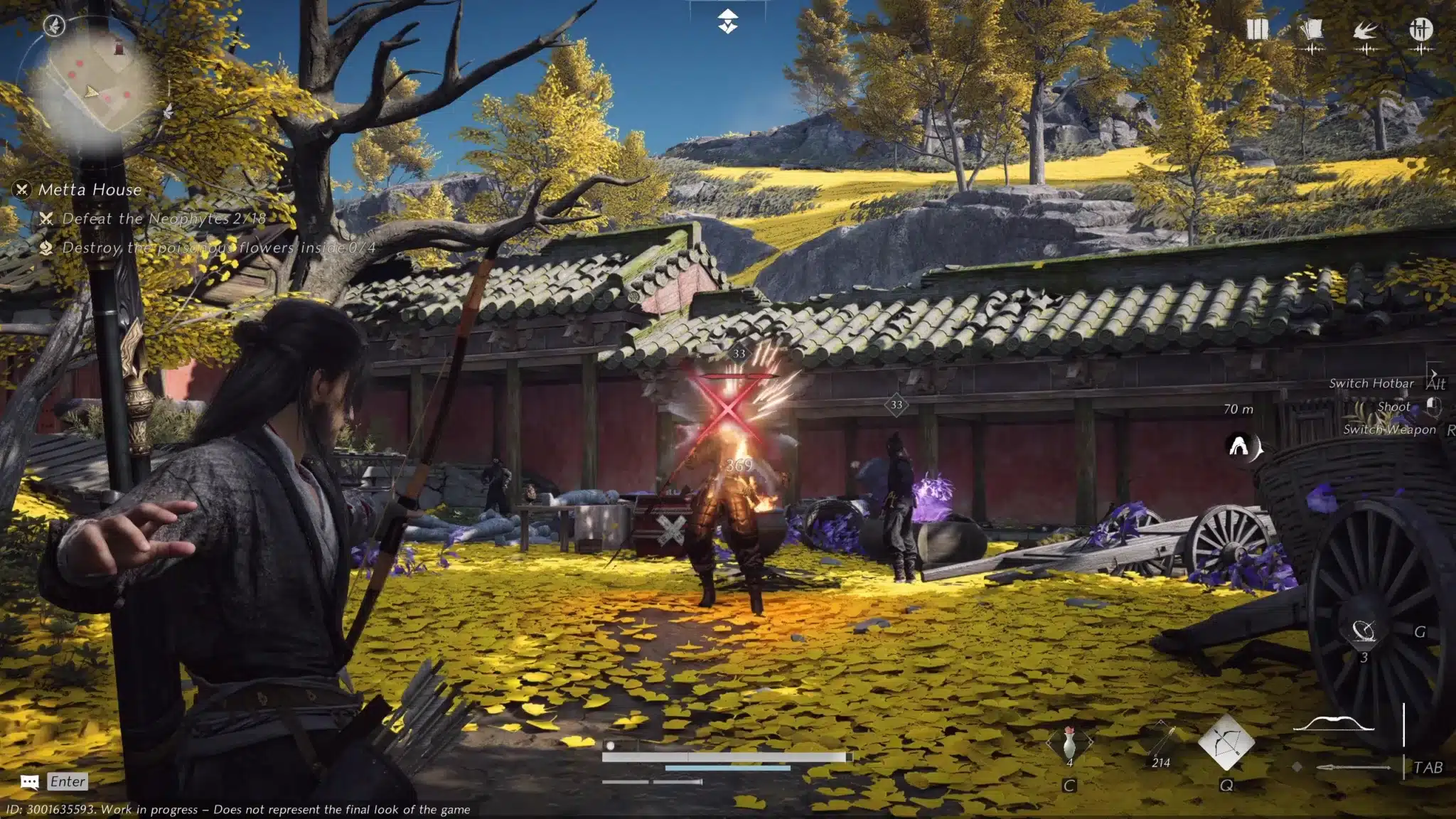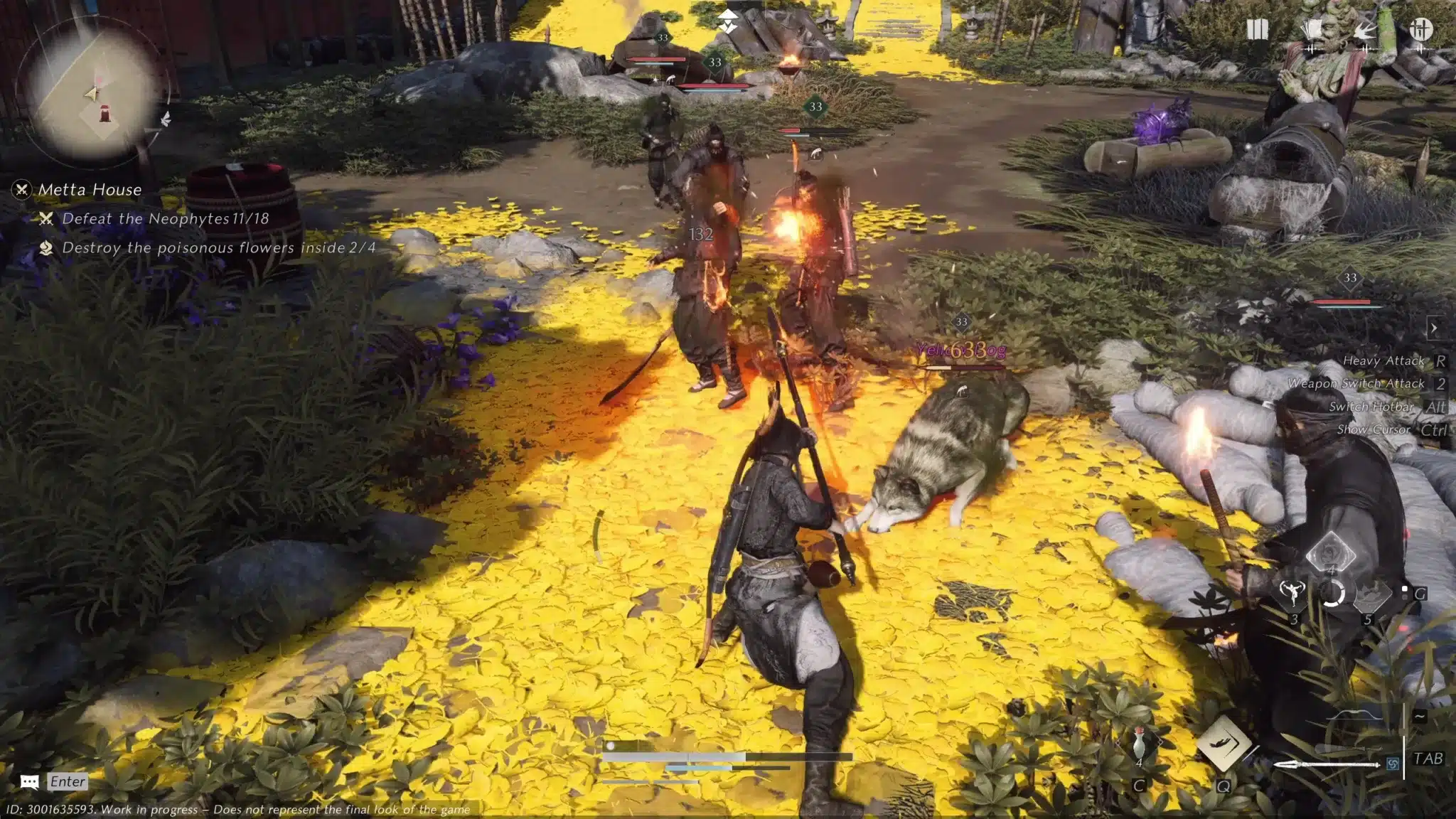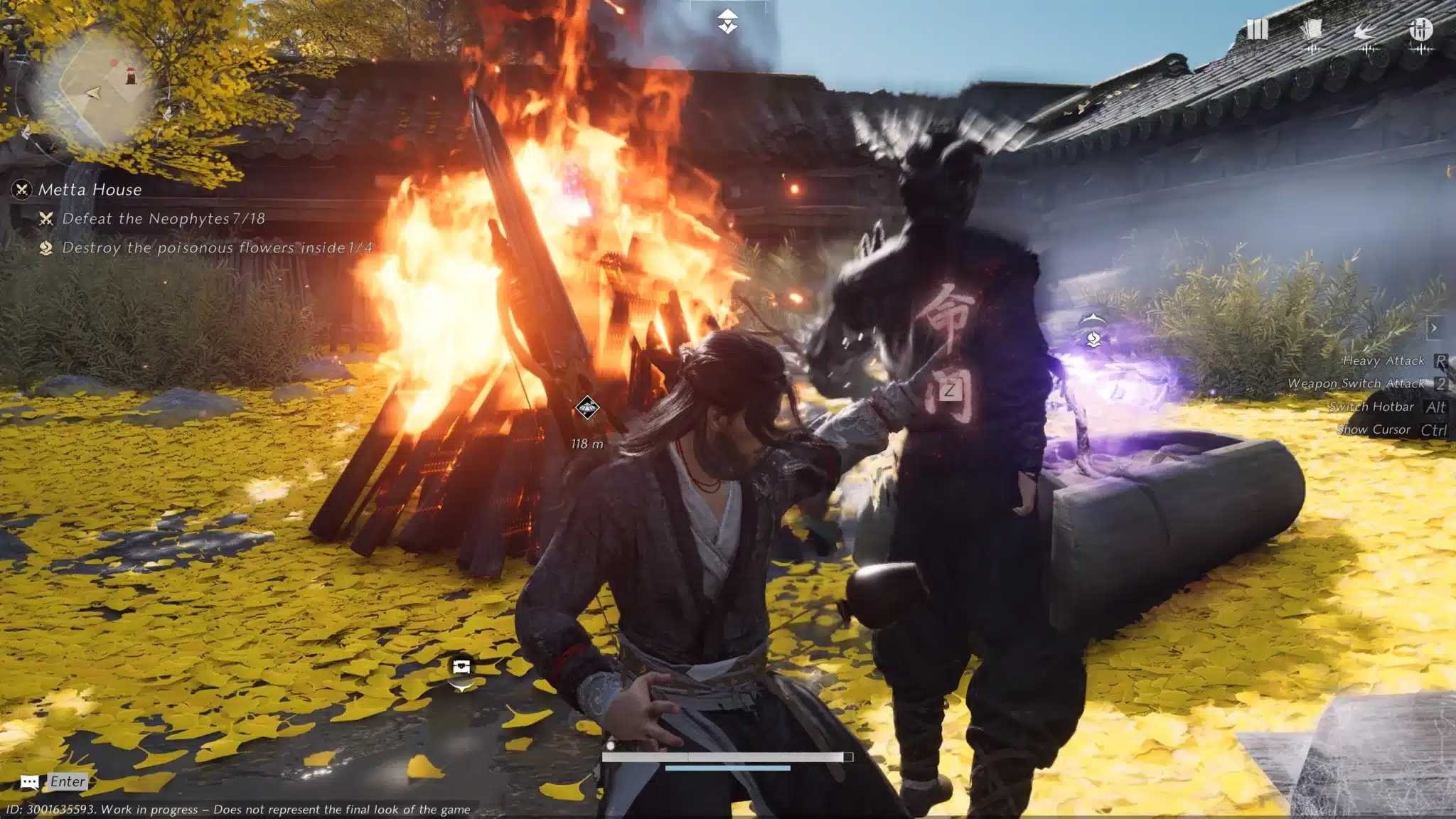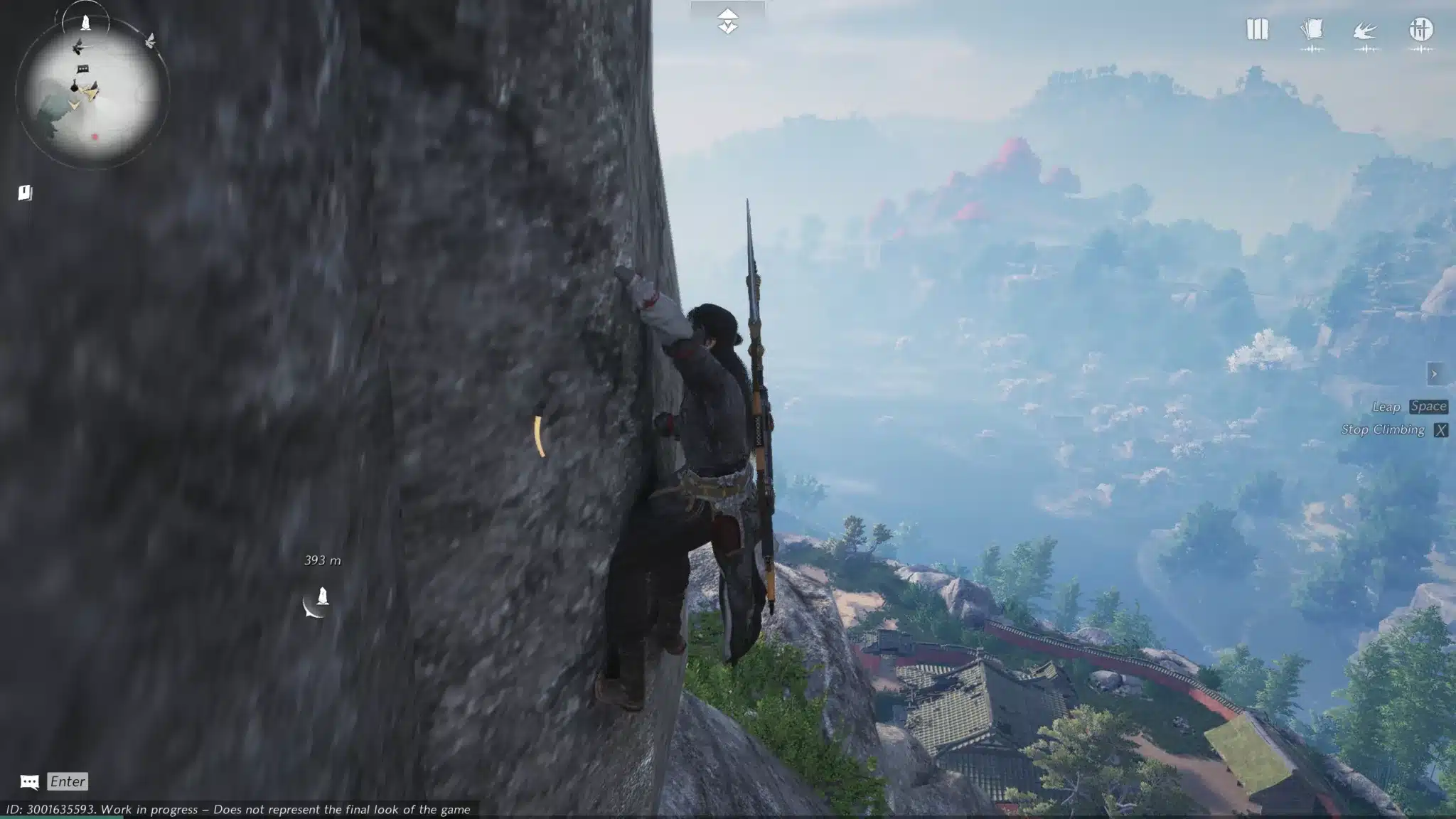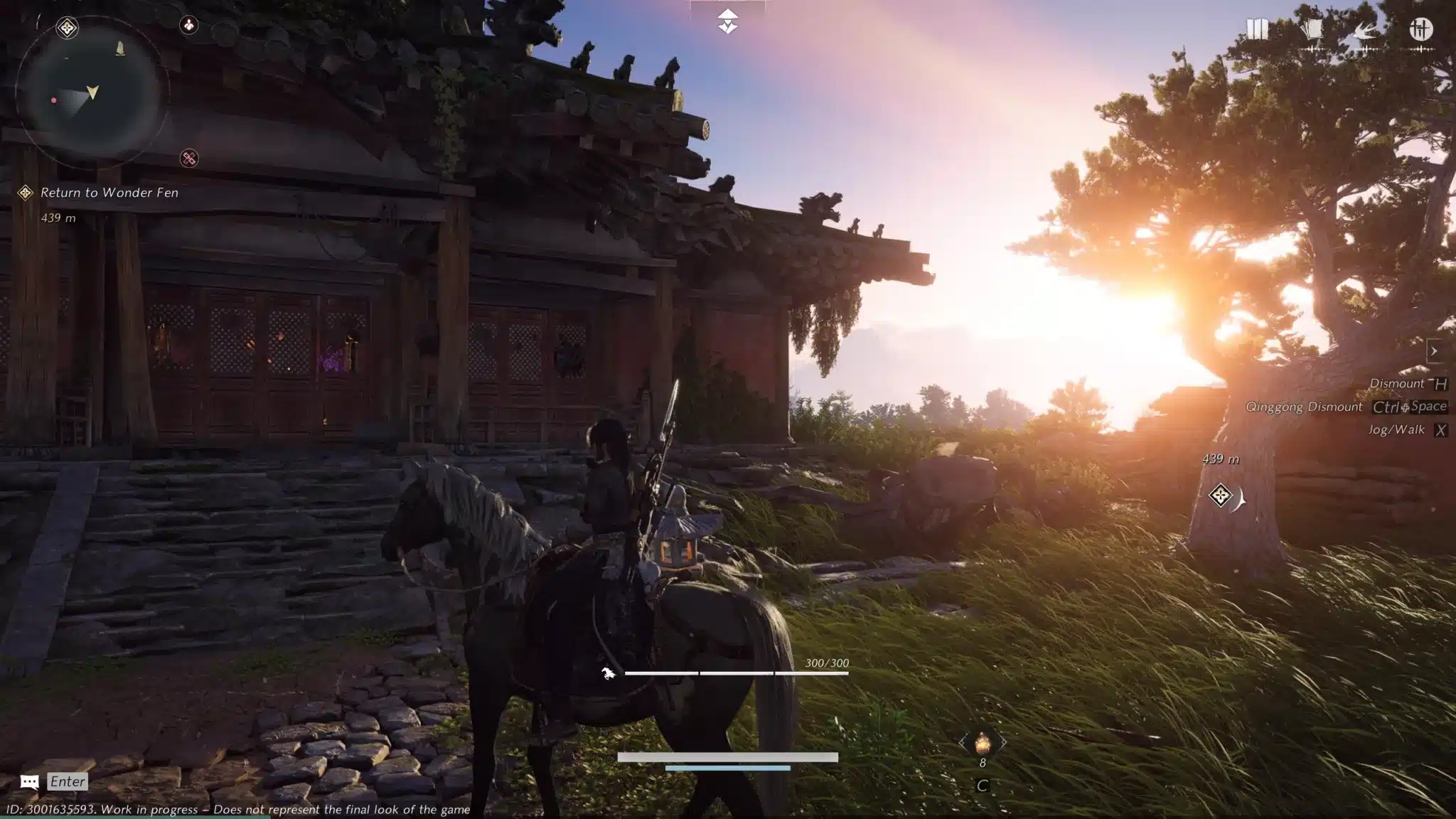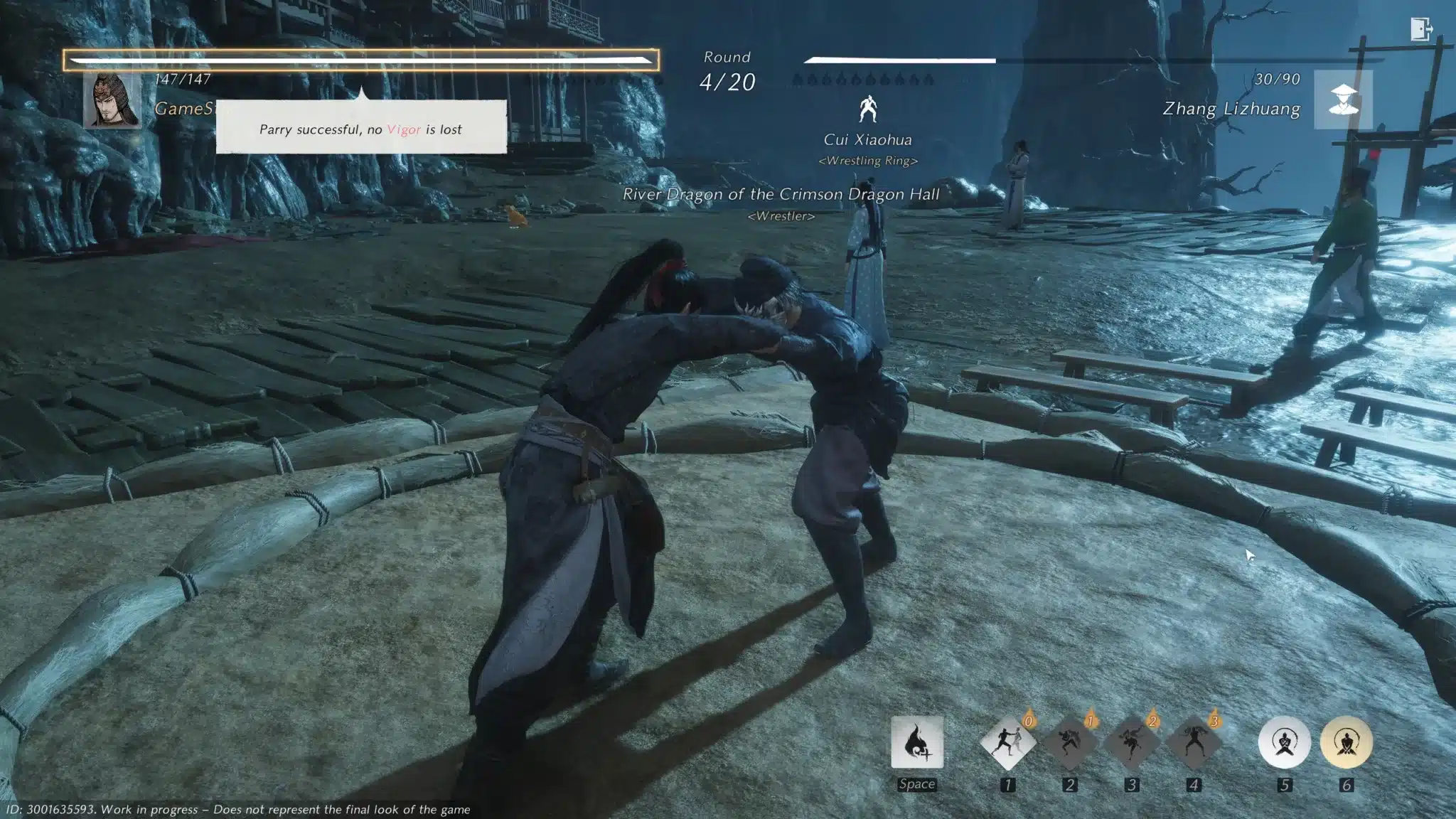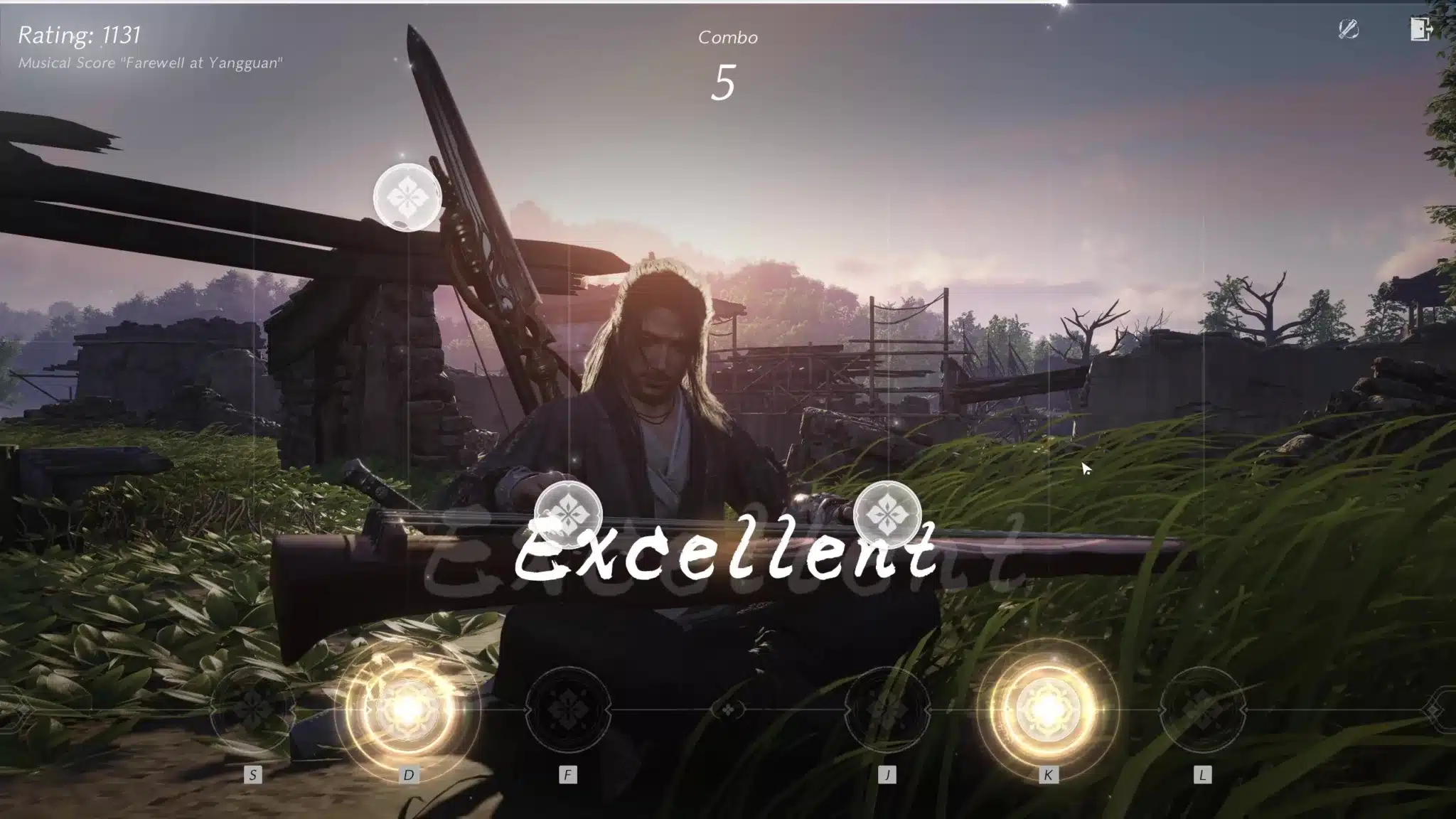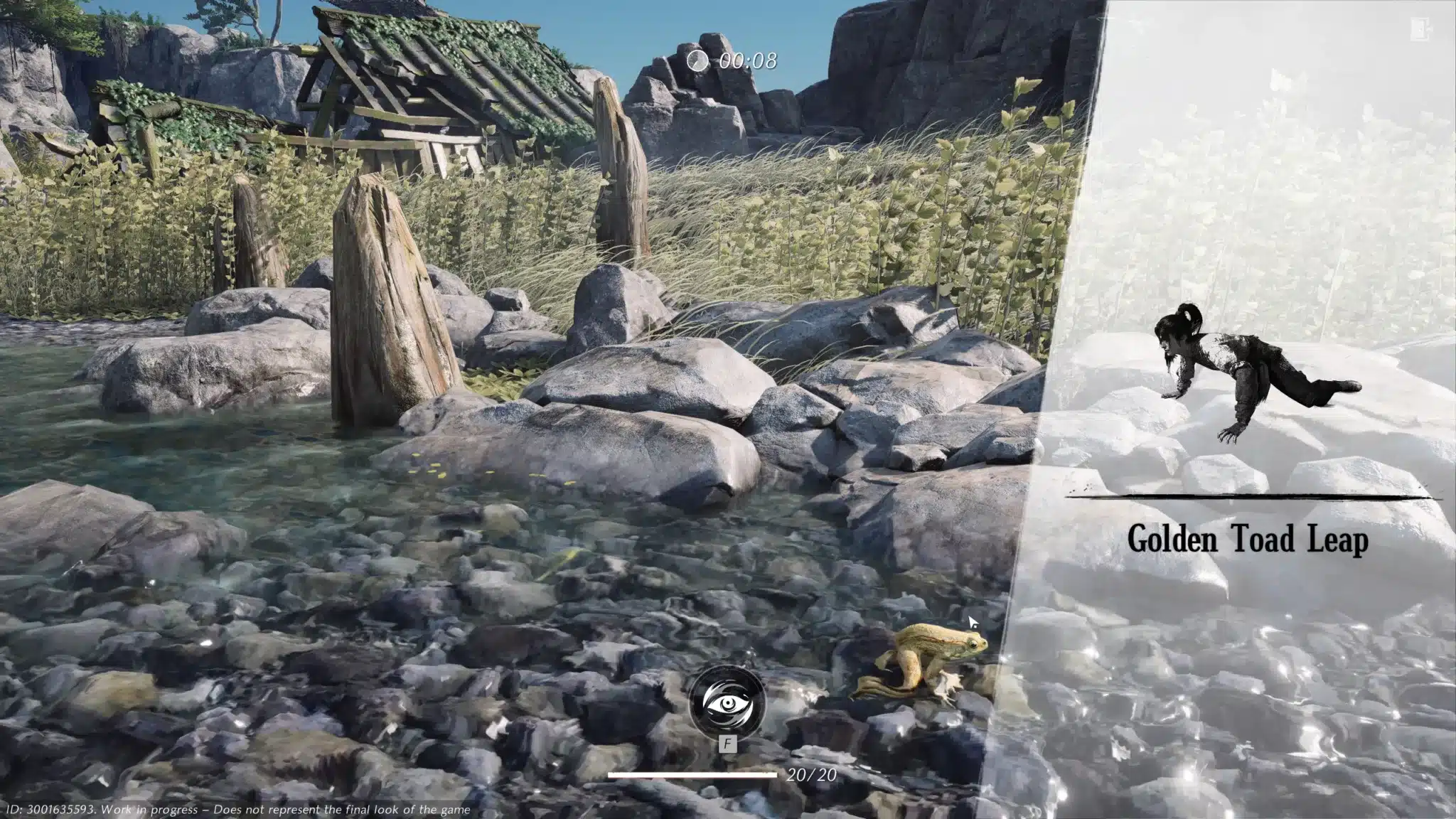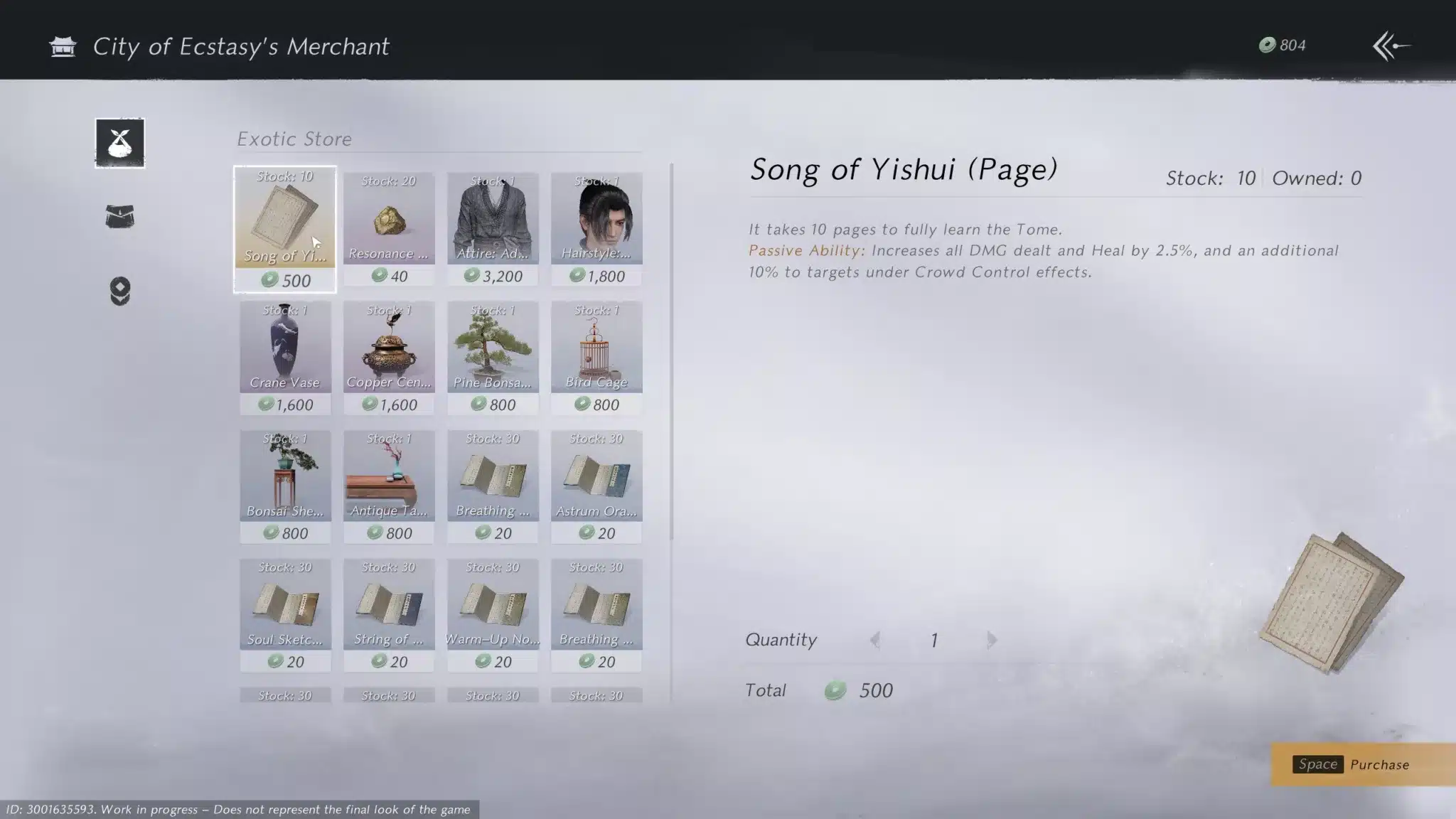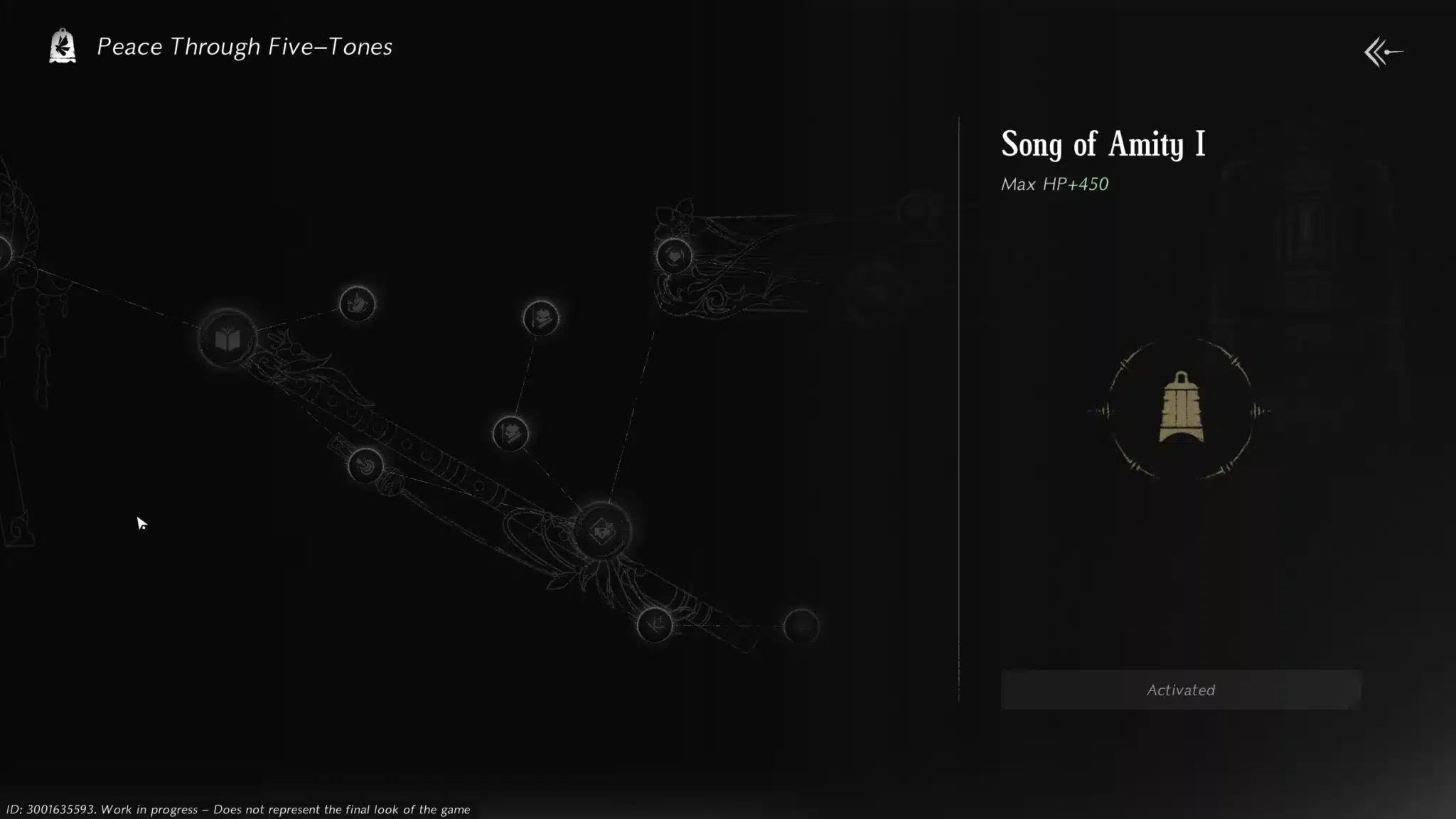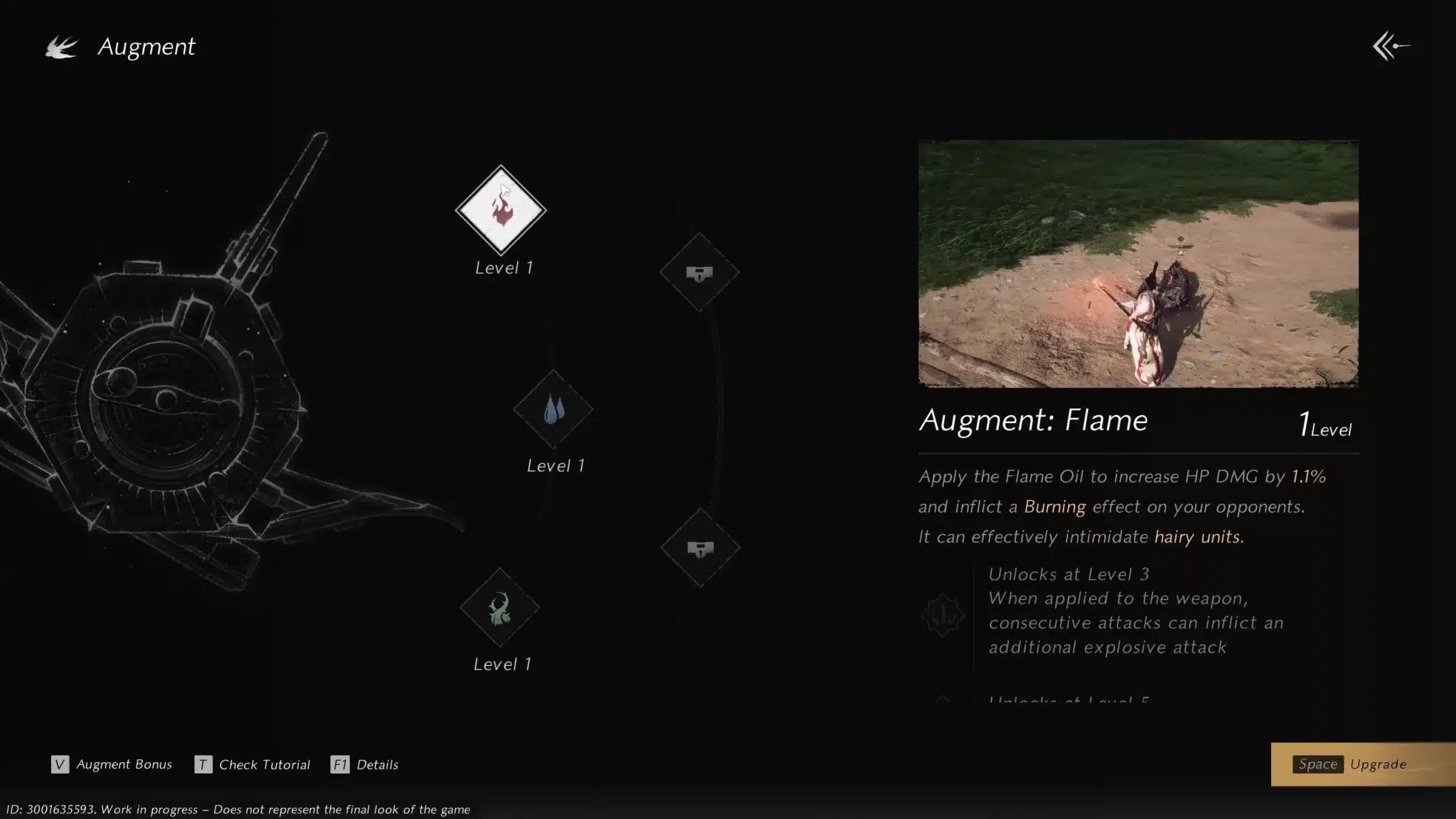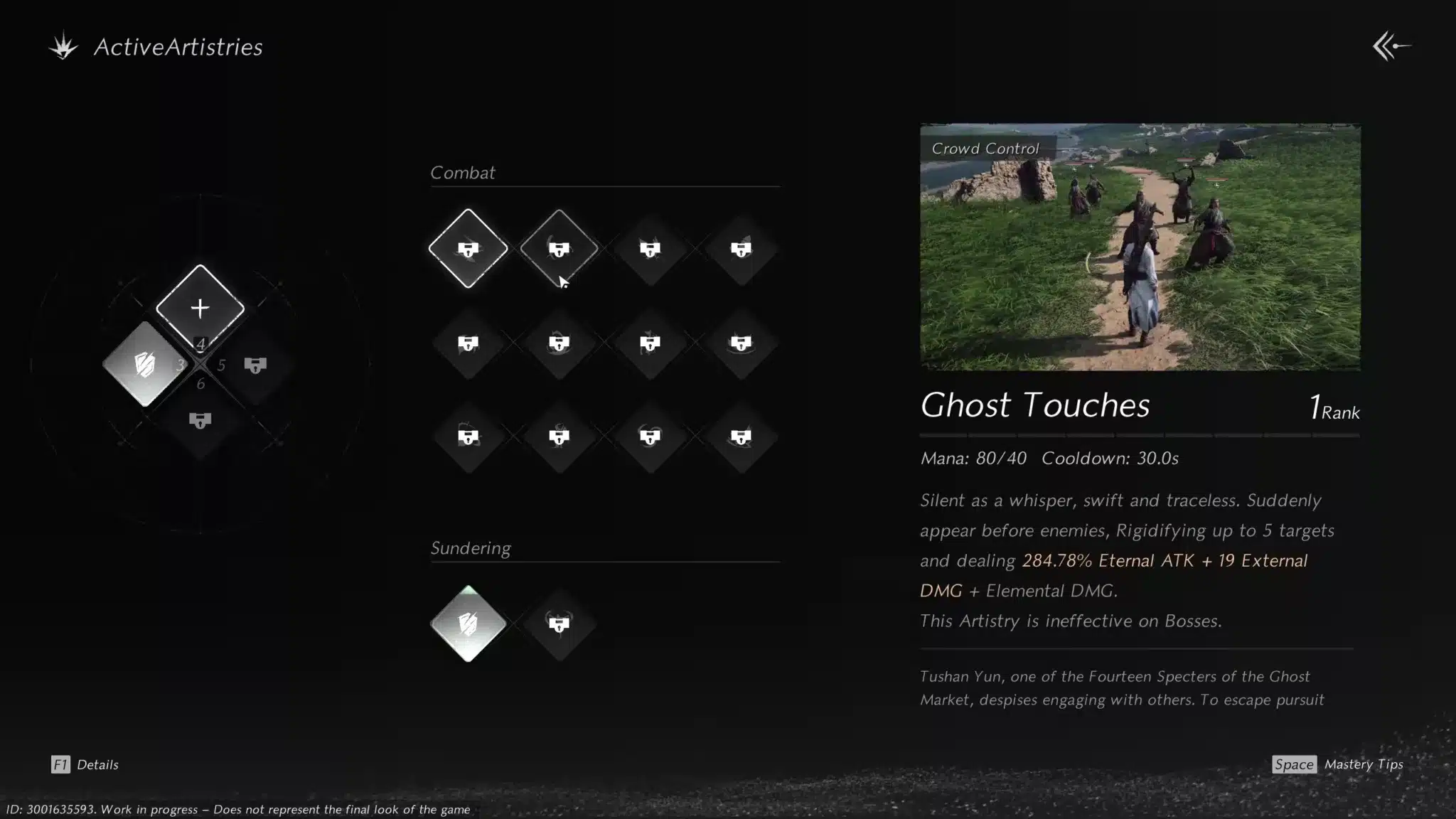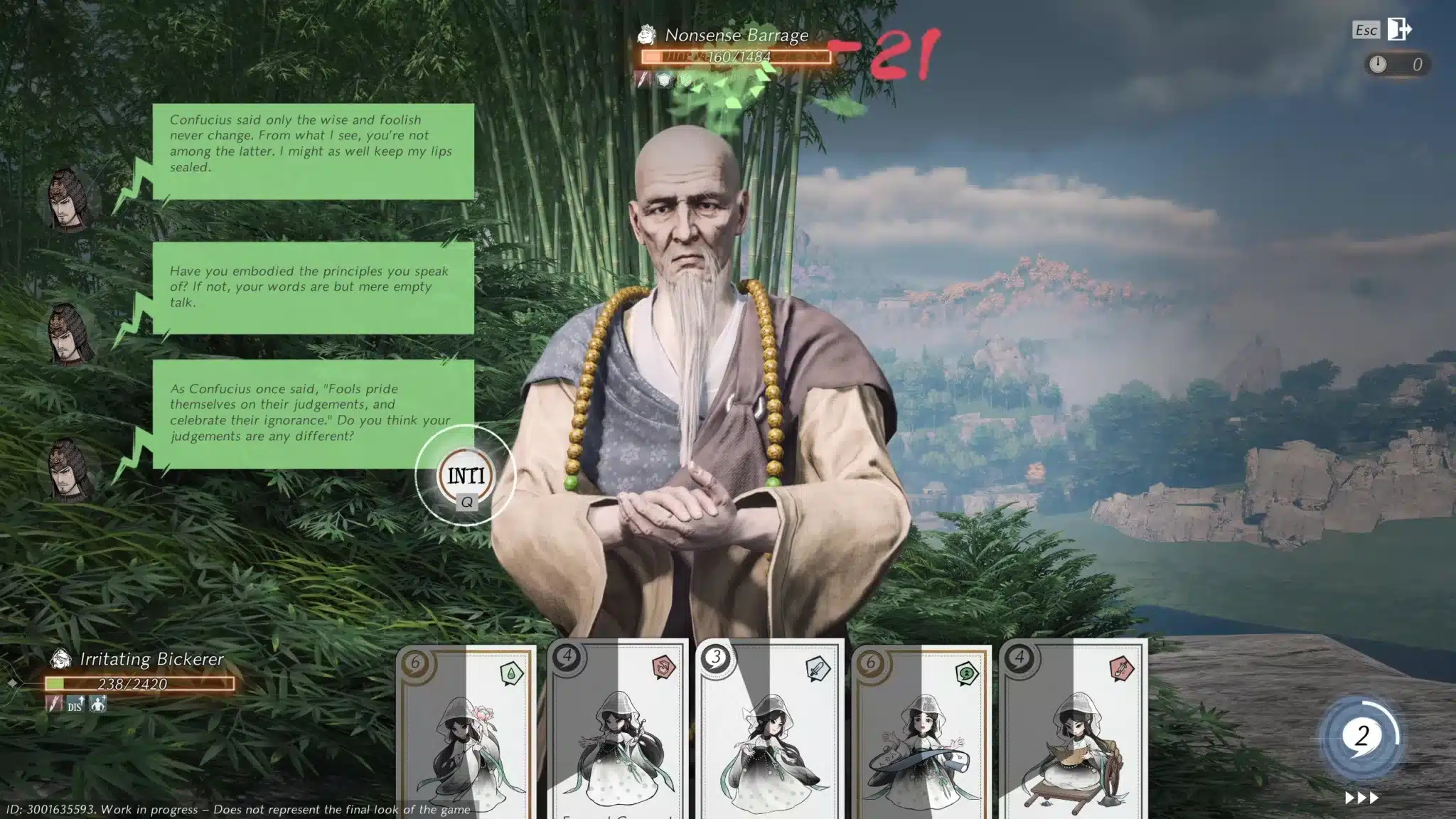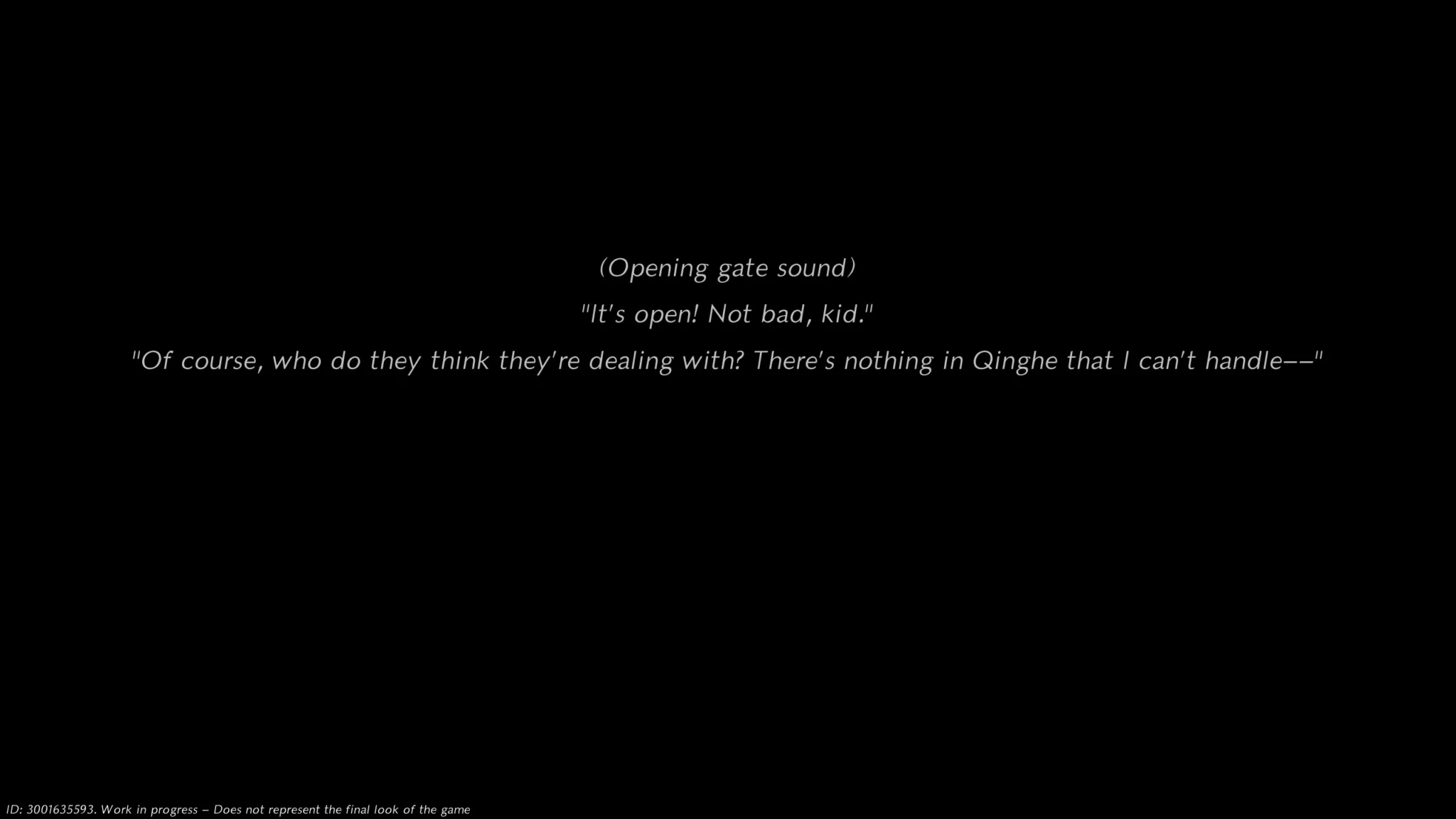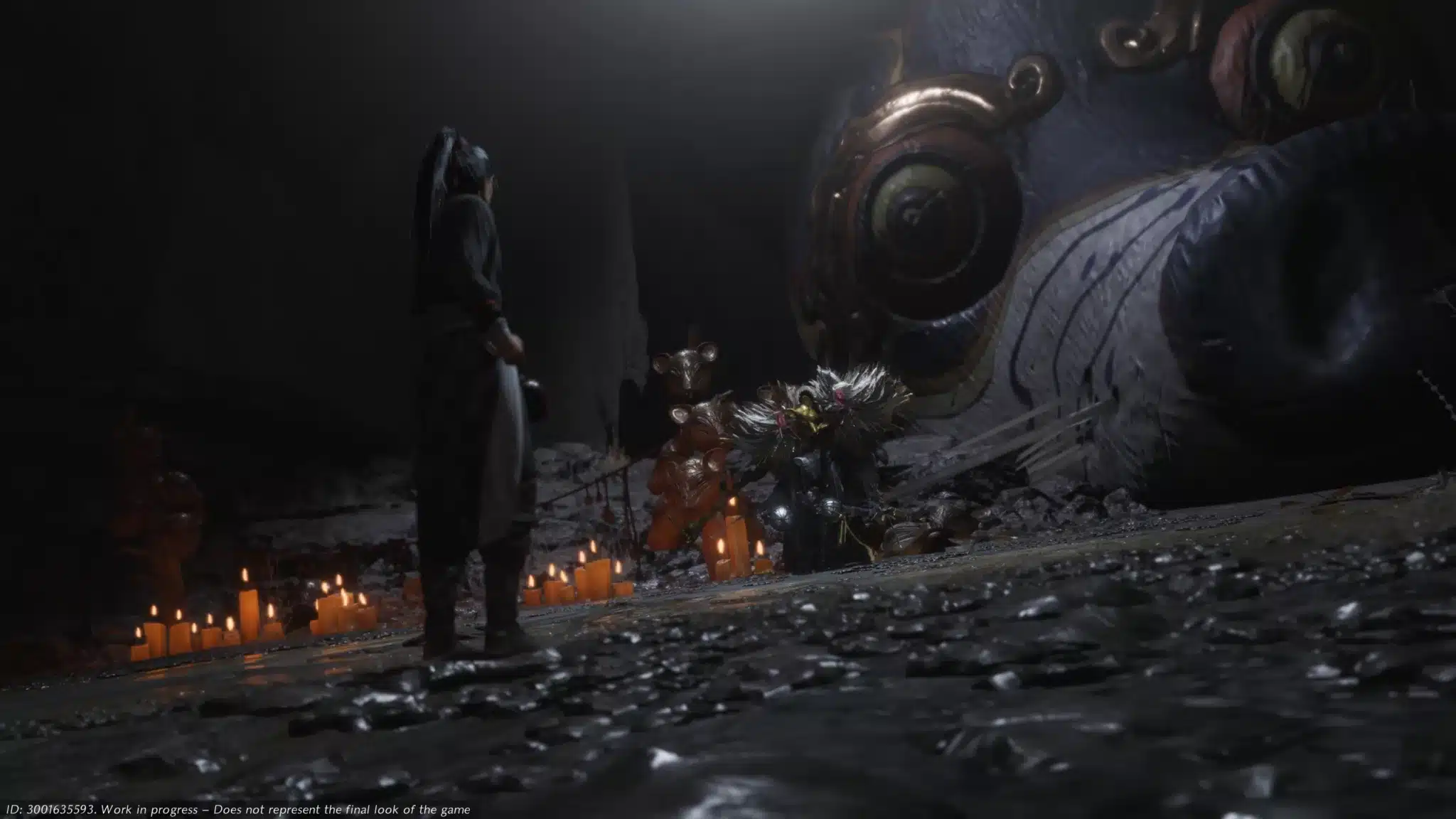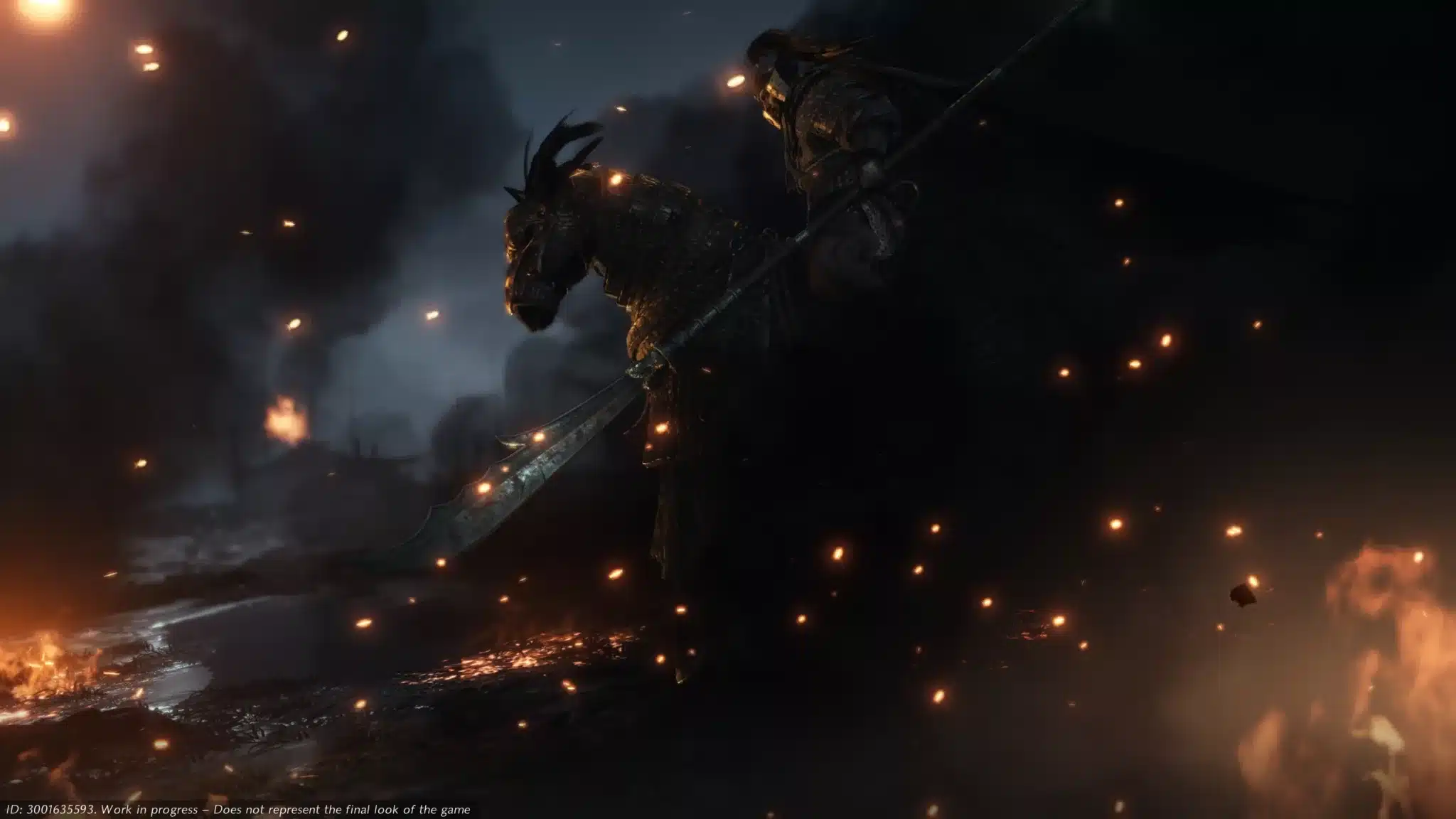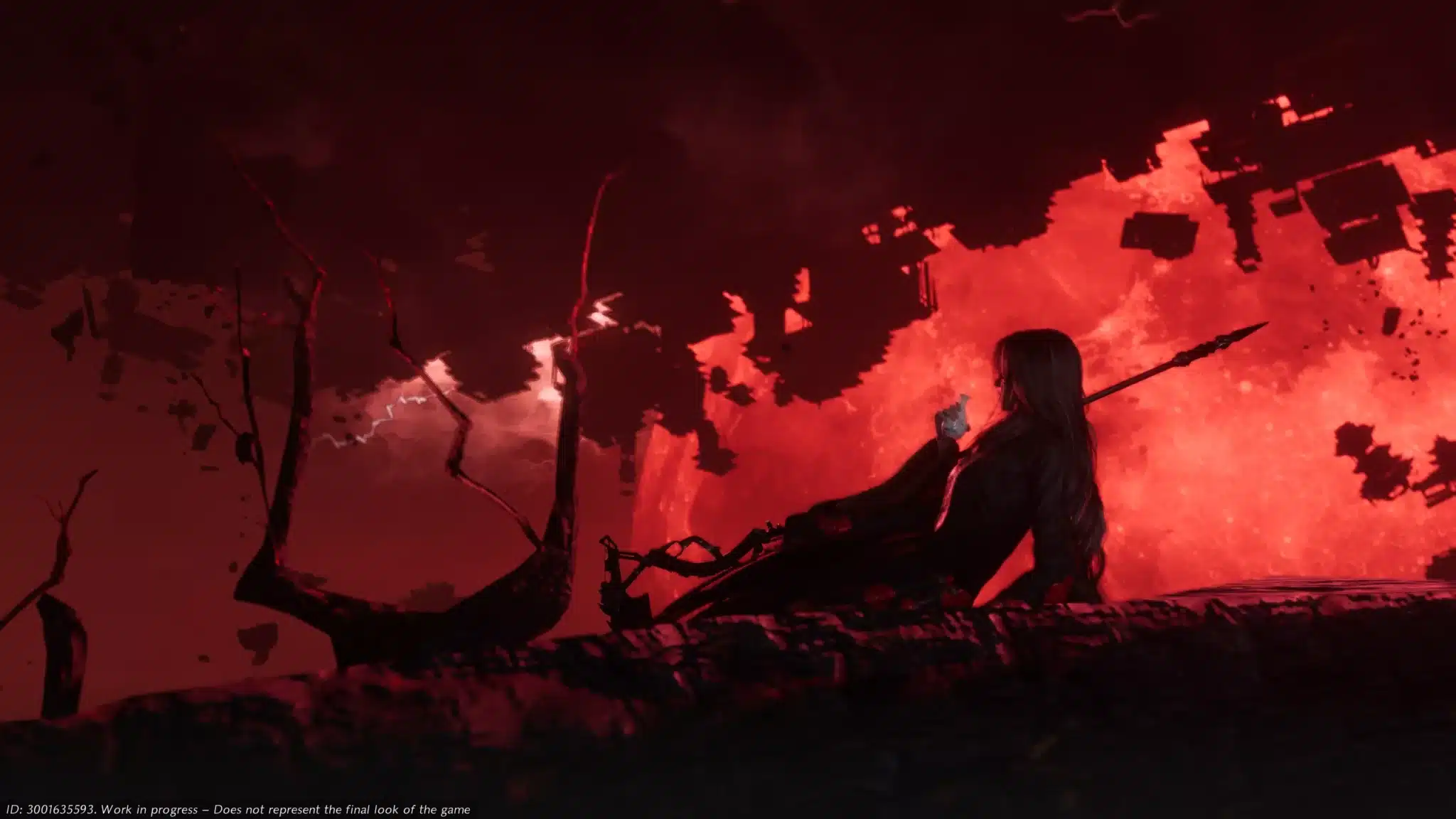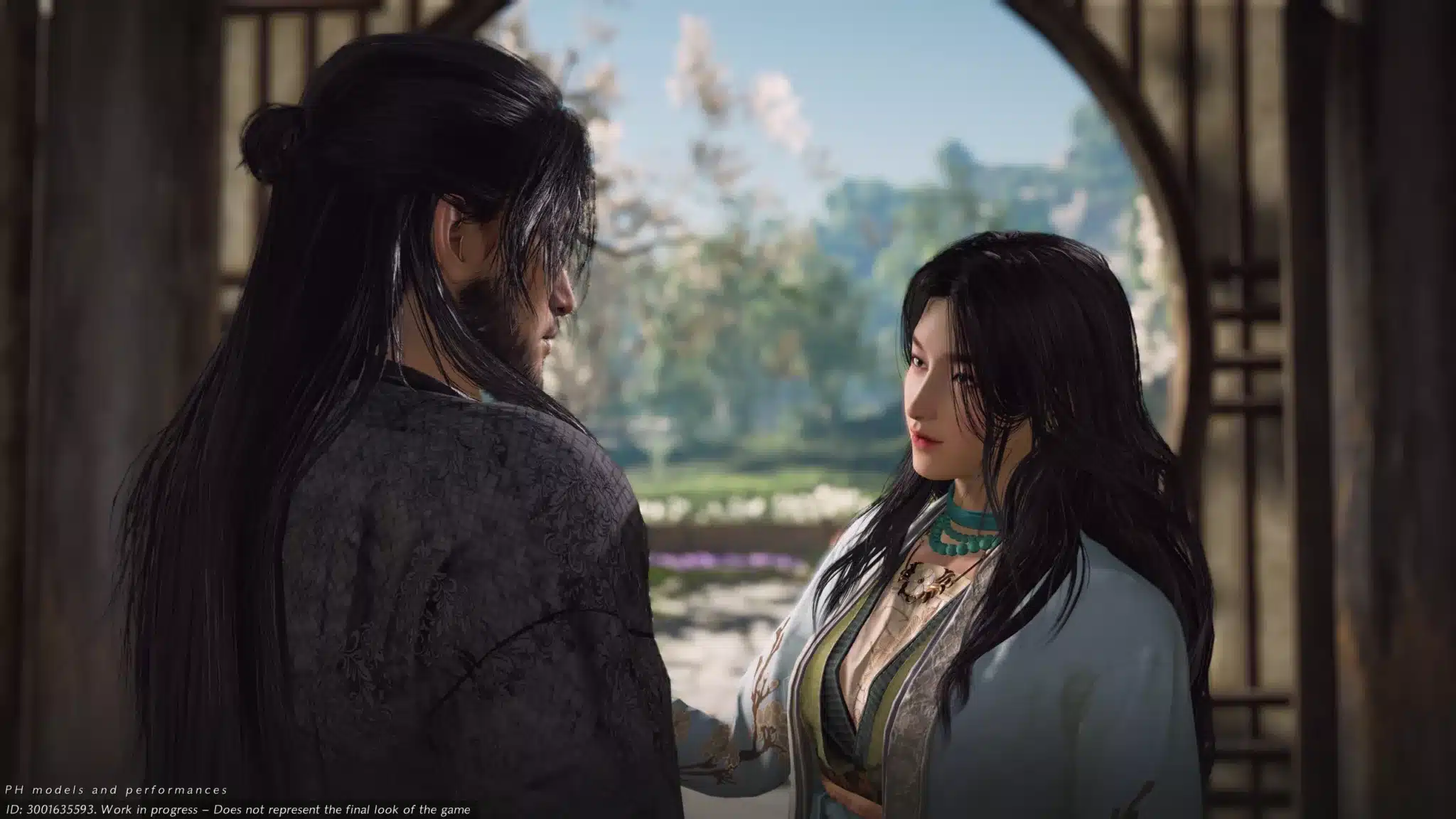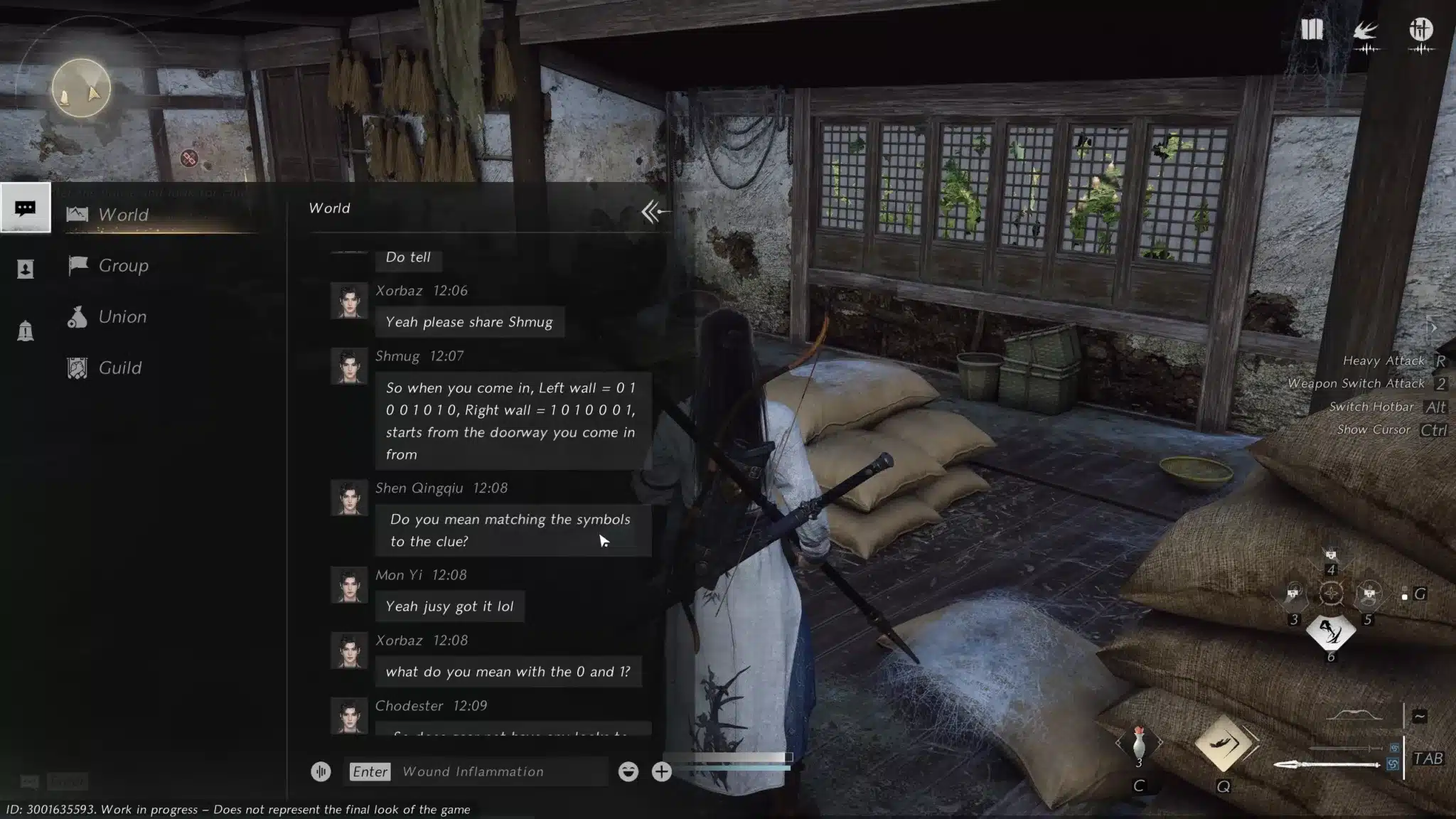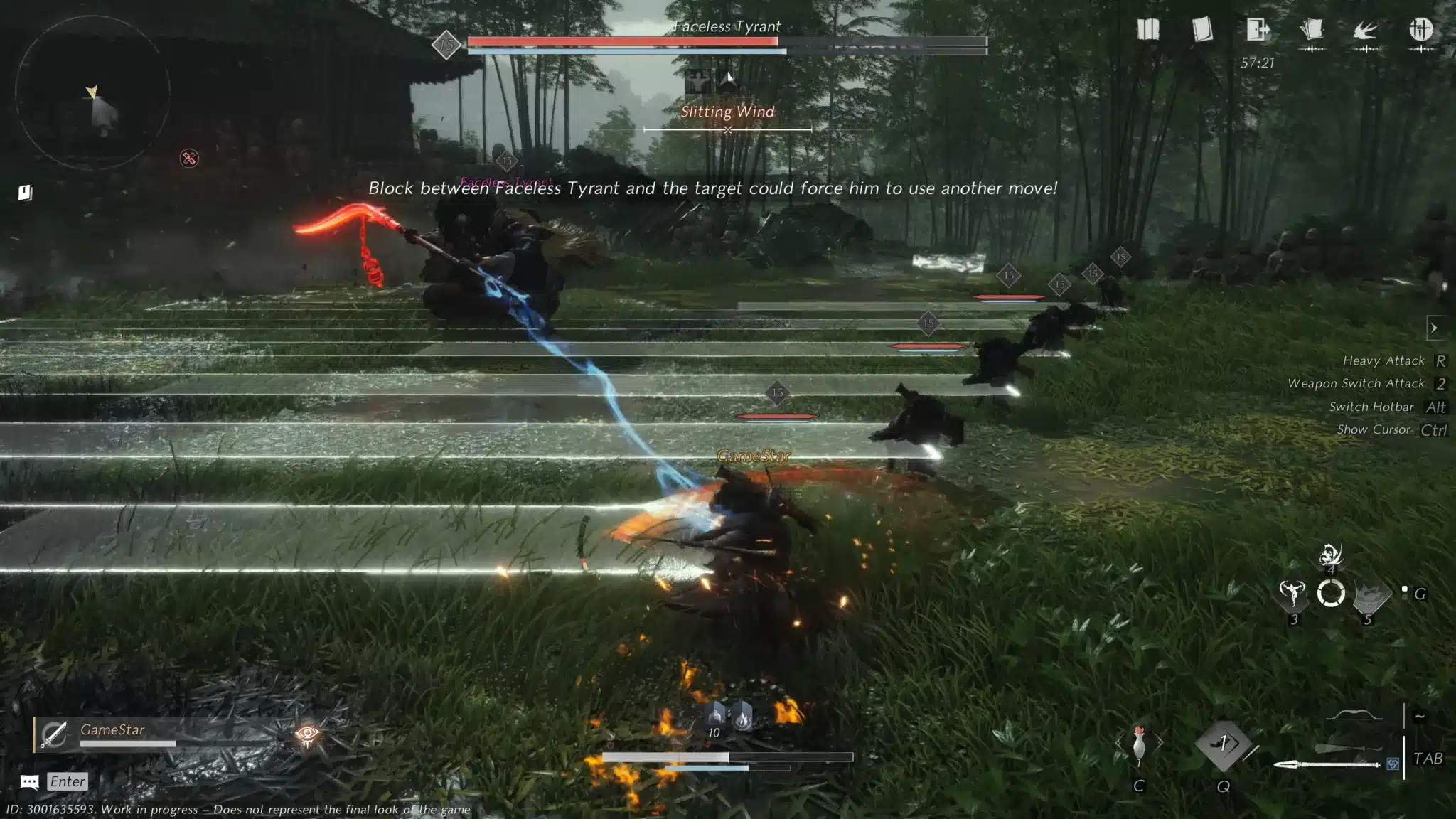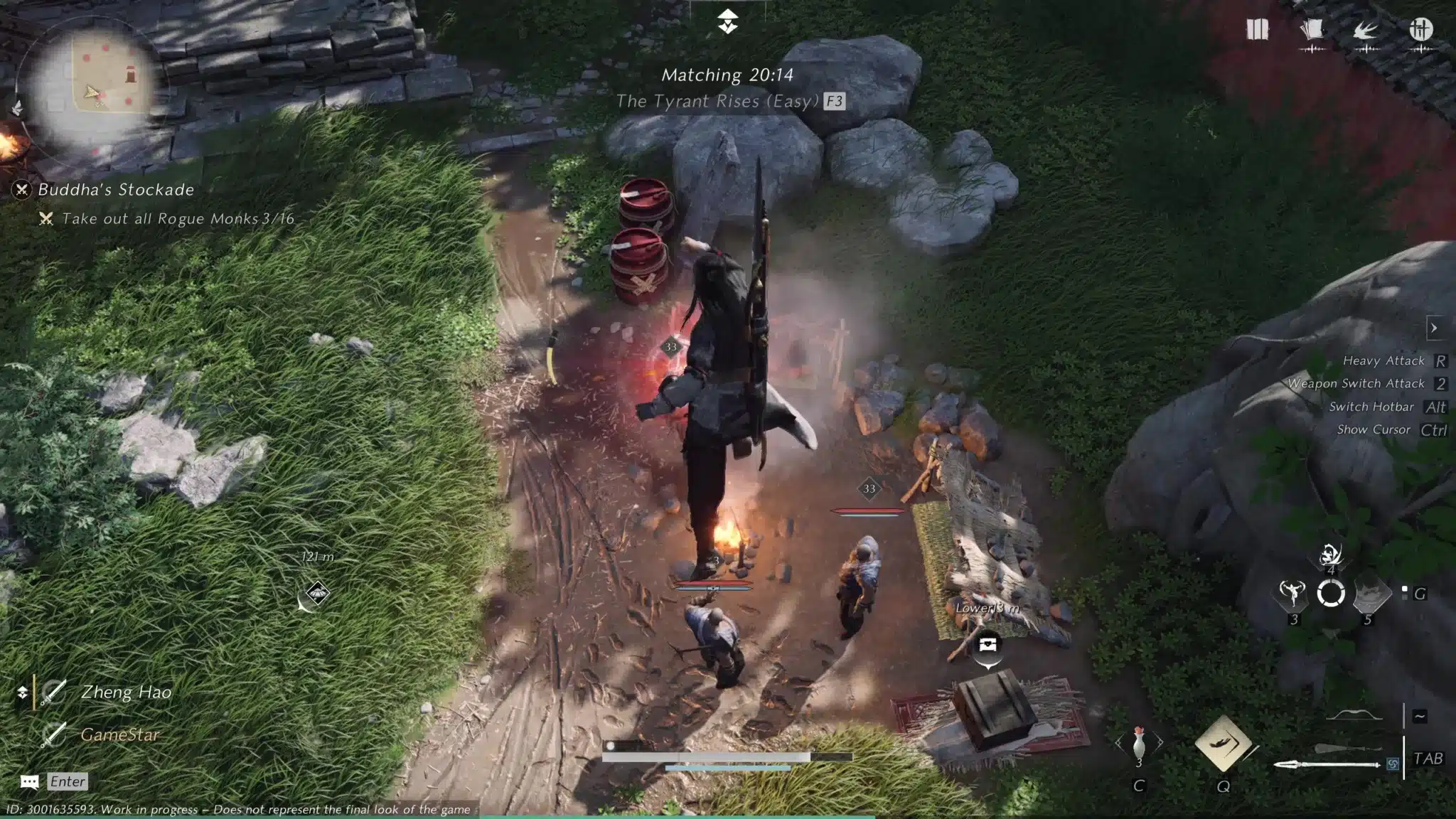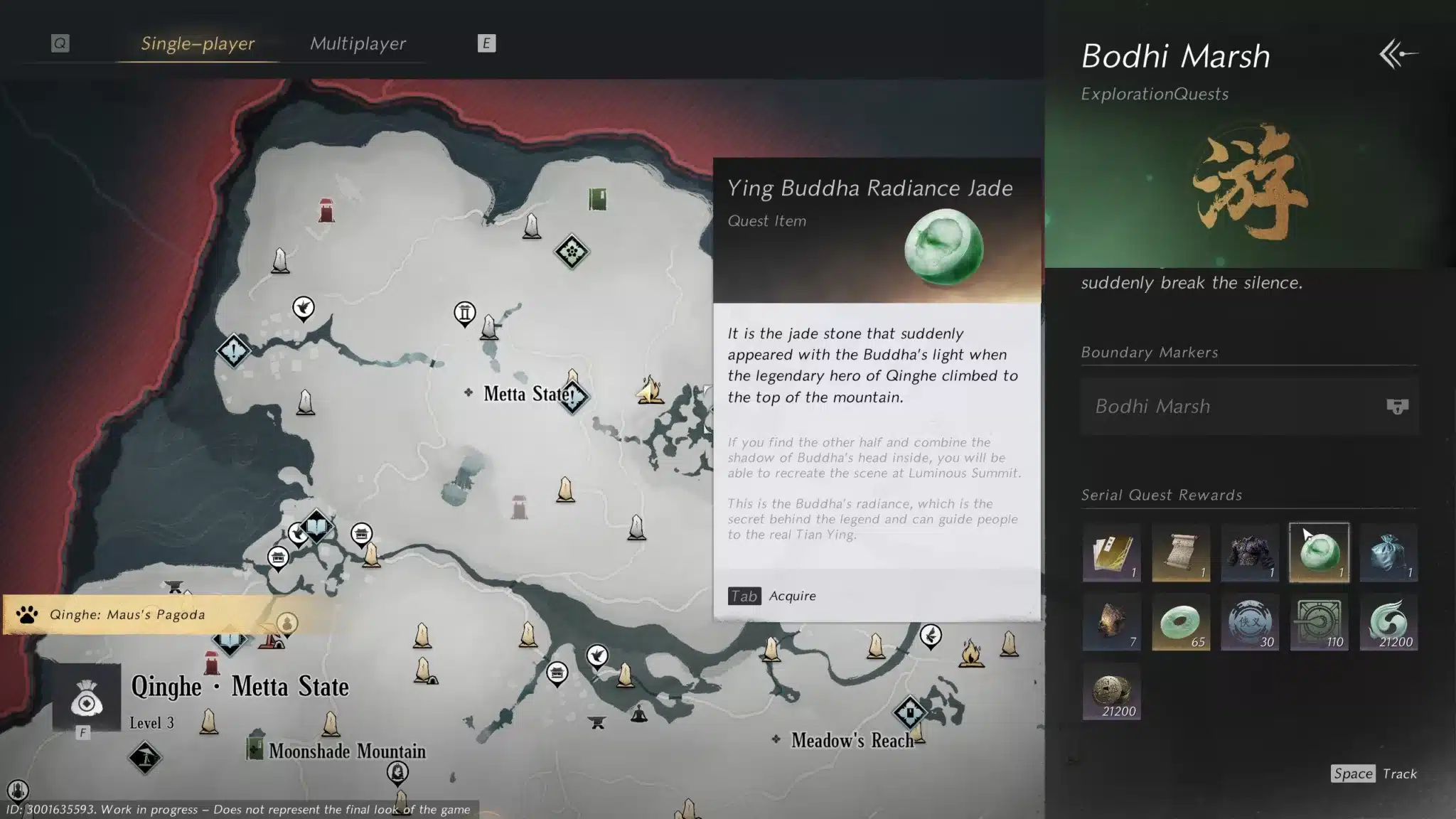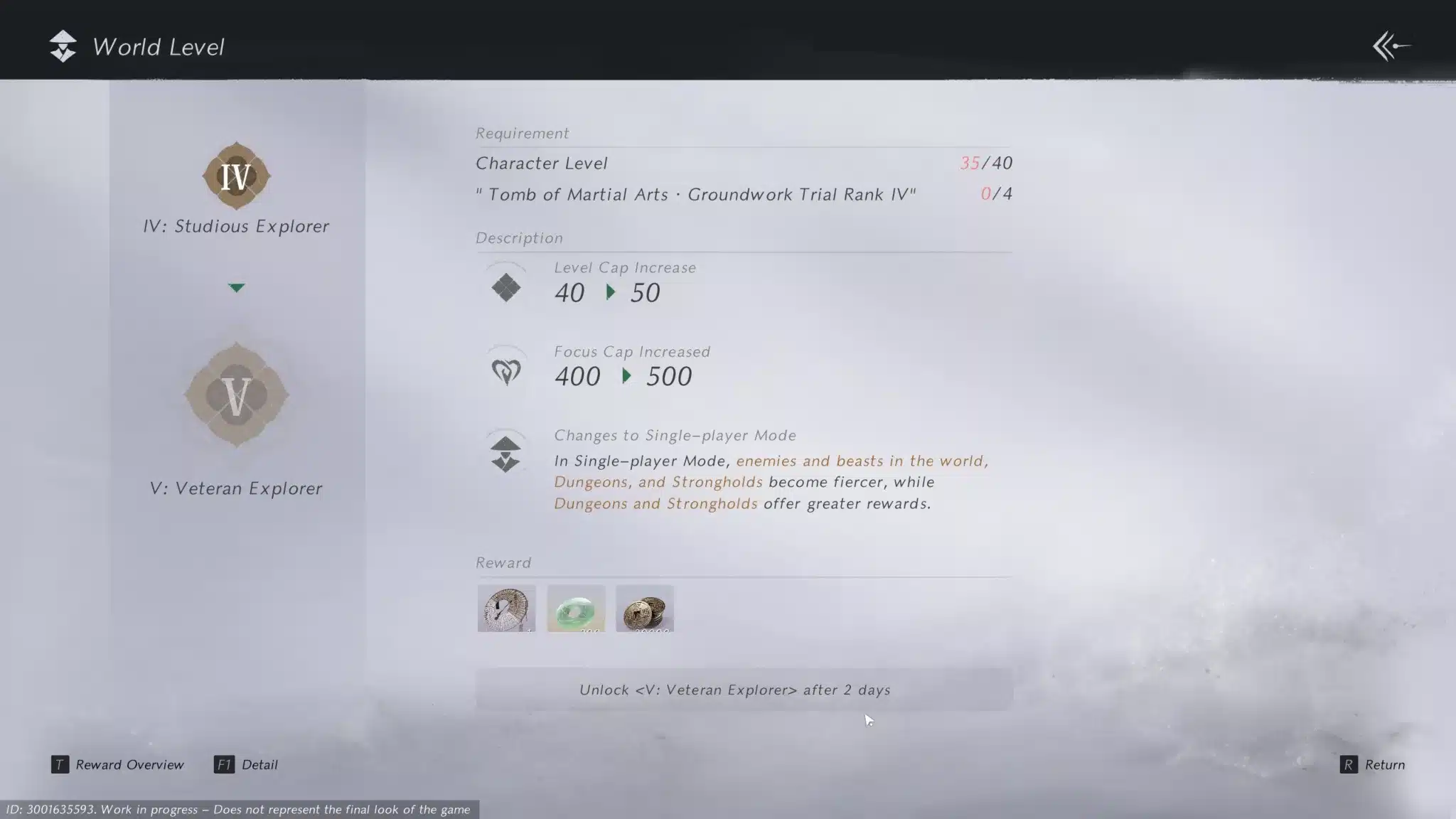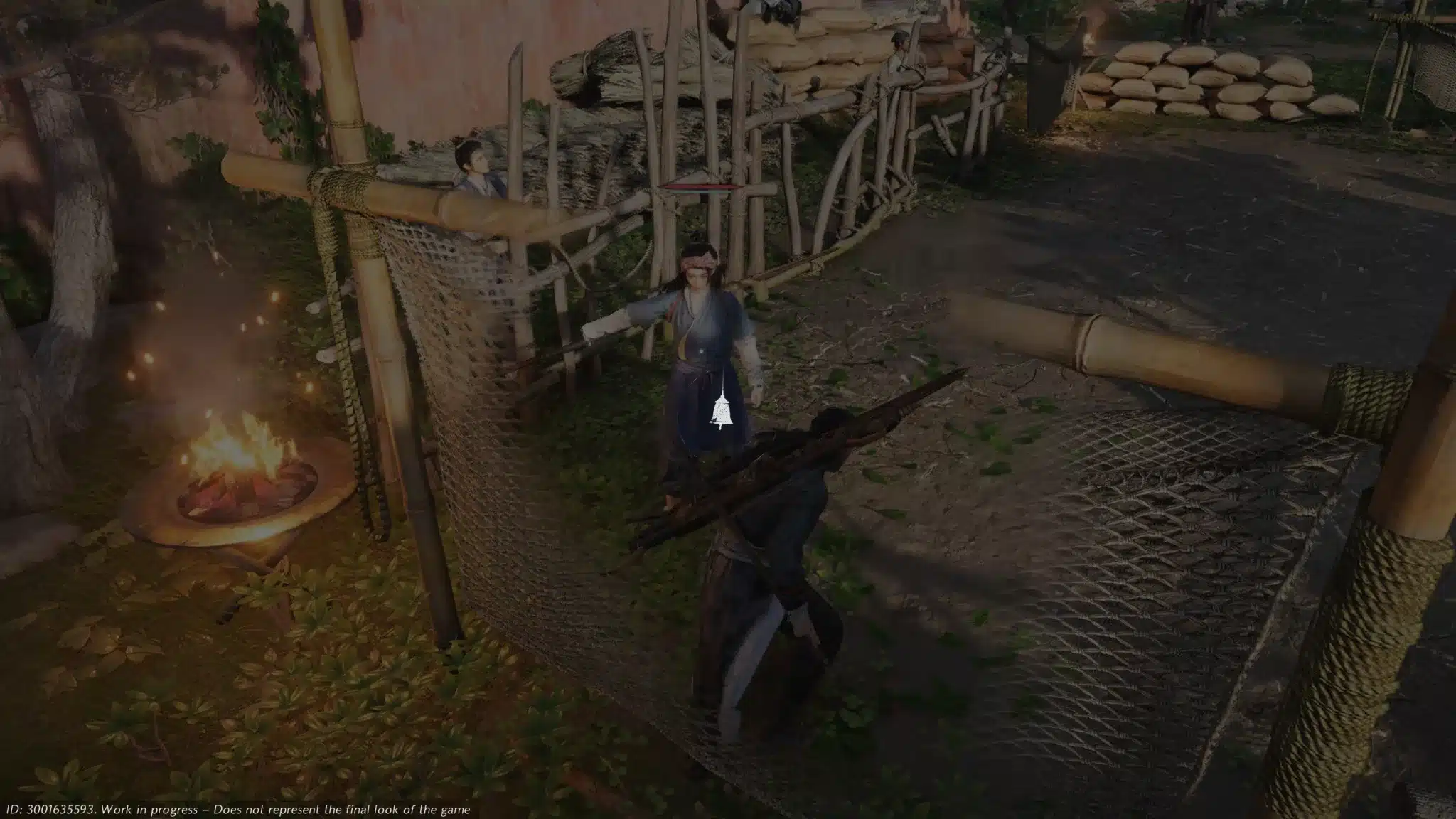We played the beta of the role-playing game for 25 hours. In it, a grandiose open world with thrilling battles meets questionable design decisions
2024 will be the year of massive Far East role-playing games: From May 16, PC samurai will finally be able to enjoy the much-celebrated Ghost of Tsushima and a few months later, it could continue with its Chinese equivalent.
Where Winds Meet promises many similar features: a fabulously beautiful open world, a sophisticated combat system and a visually stunning story. And as far as I can tell after a few days in the closed beta, the developers at Everstone Studio actually deliver all of this.
At the same time, the mammoth project is completely different from what I had imagined as a Tsushima fan Unexpected features such as dozens of confusingly convoluted progression systems and currencies, a global chat and online guilds as well as time locks to prevent me from leveling up too quickly regularly left me staring at the screen in disbelief
Is Where Winds Meet ultimately an MMO wolf in single-player sheep”s clothing? In my beta review after 25 hours of play, I try to get to the bottom of this and many other questions.
Table of Contents
The Era of the Ten Kingdoms
What”s it all about? Where Winds Meet is set in a time of upheaval, usually called the Era of the Ten Kingdoms. Between the years 907 and 960, the Tang dynasty had just collapsed and the subsequent Song dynasty was not yet in power
In addition to history, there are fantastic wuxia elements, which are extremely popular in Chinese literature. Typically, as a lone wandering warrior, you defend the innocent against local tyrants or mythical monsters and then move on.
In the best cinematic tradition, you”ll be jumping crazy high, dashing across the rooftops of rural villages and bustling metropolises and specializing in two of five types of weapon: Spears, longswords and broadswords, two blades at once or the no less dangerous fan. A bow is used in ranged combat
Fighting skills galore
On the one hand, the role-playing game offers an enormous amount of help via small tutorial videos and text explanations, on the other hand, it relies on you to work intensively on your combat techniques.
When it releases me from the extremely detailed character creation, I start by digging through two dozen submenus and studying the insane number of disciplines in which my character can improve.
Of course, I first have to unlock most of them over a playing time of at least 100 hours. I assign a fighting style to each of my two weapons, which in turn come with around twelve different moves: Jumping attacks, whirling spears, tightly timed parries, brutal finishers and many more.
Because the beta only lasts three days and I want to see as much as possible, I quickly set the difficulty level from Normal to Easy and activate the parry aid, which occasionally gives me a helping hand with a useful bullet-time slowdown. Even as an Elden Ring veteran, the hard mode seems insanely tough to me
An overdose of Open World
When exploring the world, I am limited to one of an estimated ten regions and the capital Kaifeng In an interview from August last year it sounded as if they would also limit themselves to these two provinces for the release. Whether this means that Where Winds Meet will start in Early Access and what the game will cost is still completely open at the moment, despite inquiries to the developer.
I could hardly think of completely exploring this 25 square kilometer section of the overall world outlined on the map in my 25 hours of playtime, but it would definitely be too little for the 150 hours of play targeted in the same interview.
An overdose of open world
When exploring the world, I am limited to one of an estimated ten regions and the capital Kaifeng. In an interview from August last year, it sounded as if the release would also be limited to these two provinces. Whether this means that Where Winds Meet will start in Early Access and how much the game will cost is still completely open at the moment, despite inquiries to the developer.
I could hardly think of completely grazing this 25 square kilometer section of the overall world outlined on the map in my 25 hours of playtime, but it would definitely be too little for the 150 hours of play targeted in the same interview.
Be that as it may, the varied and often beautiful Quinghe region is packed to the brim with optional activities and almost all of them are linked to one upgrade mechanic or another.
Sometimes one of my many attributes such as music appreciation, physical strength or charm increases, sometimes I get valuable upgrade resources for the wide-ranging crafting system.
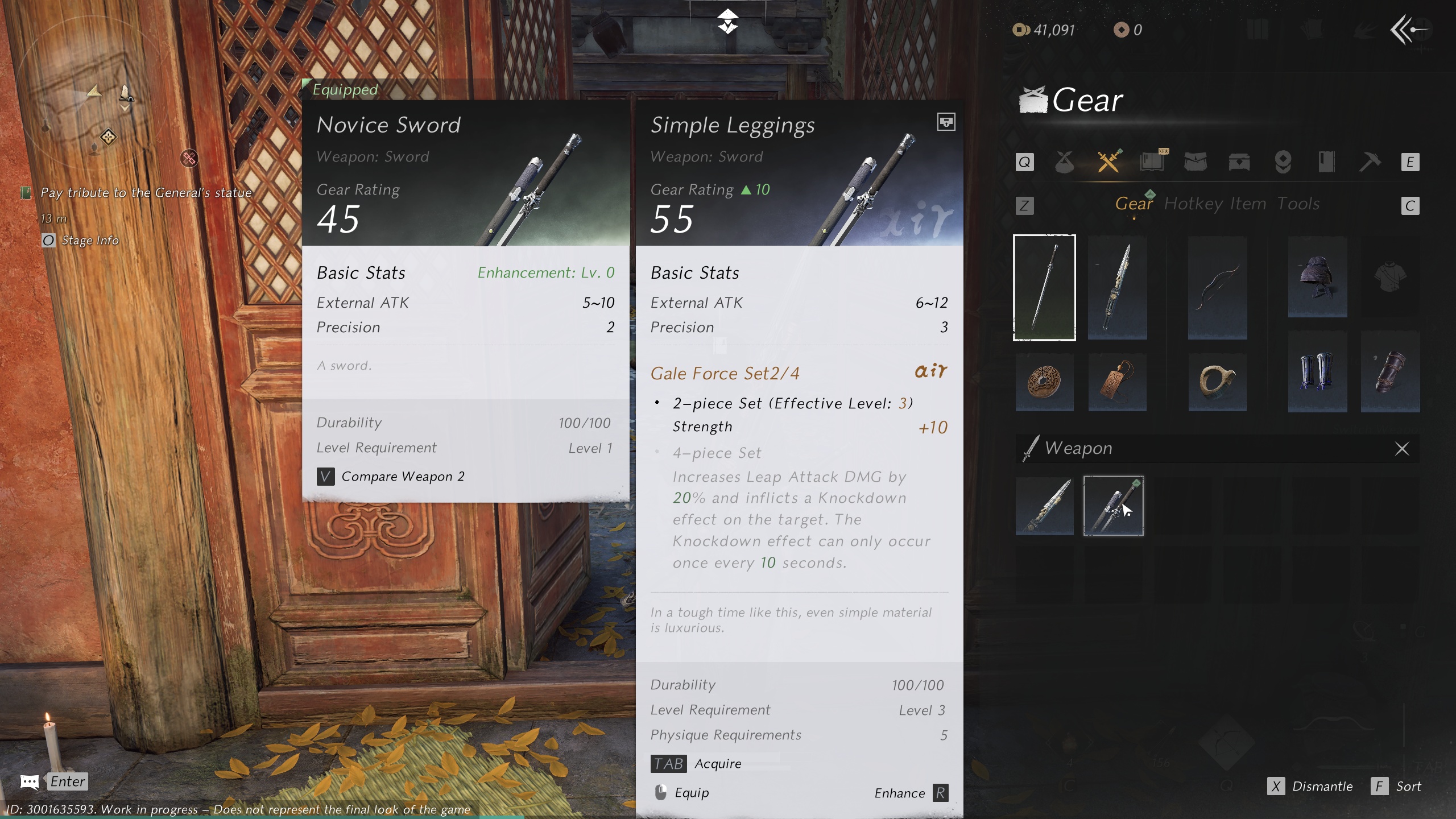
In addition to weapons and equipment, I improve an insanely large repertoire of chi abilities – such as a kind of Jedi telekinesis – as well as martial arts techniques, some of which are randomly copied from eagles and frogs, which I can sprinkle into the fights separately from the weapon moves.
More complicated than Path of Exile
Found rarities, such as special insects and plants that can often be obtained through acrobatics, I redeem with a lute player for powerful unlocks on a region-specific talent tree.
I buy powerful consumables with one currency, rare upgrade materials with another, better horses with a third and when I solve the riddles of the mythical beanie cat, I get a fourth currency out of who knows how many in total.
At various crafting stations, I mix medicine for healing or prepare food against hunger. No, there aren”t any survival elements in this egg-laying, wool-milk sow of a game, but crafting weapons or building materials consumes saturation and that needs to be balanced out with food and drink.
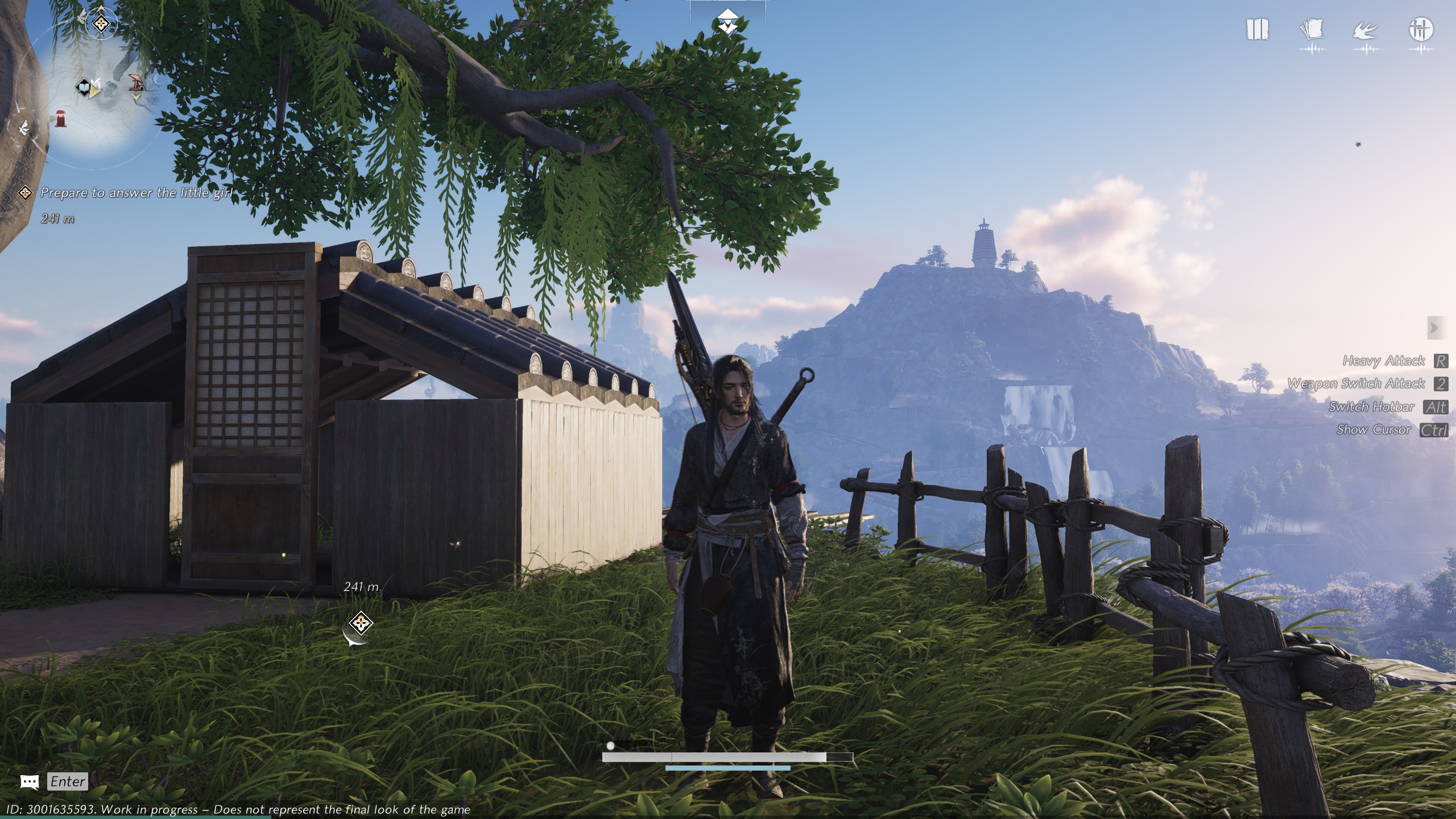
Oh yes, I also place my own houses and constructions made of up to 600 different components in the landscape, live in them, create shortcuts or use them to trick the enemy AI.
Factions and professions
In addition, I decide whether to remain neutral or join one of seven factions. They then offer their own combat abilities, but in return impose strict rules of conduct on me
The “Wild Lances” demand a high minimum level of alcohol consumption, for example, but at the same time I must never pass out drunk, because even then there are penalty points, which at some point lead to expulsion.
As a side profession to saving the world, I train as a rhetorician or healer, for example. In the associated mini-games, I use decks of cards to duel with NPCs in order to either convince or heal them. The cards (called prescriptions in the case of the healer) can of course also be upgraded individually.
In general, the world is full to the brim with mini-games: I can take on arena battles, engage in wrestling, drunkenly throw arrows into vases, compete in fishing, tame horses or play the notes of traditional songs with a lute, just like in Guitar Hero. To relax, I go to the puppet theater
So familiar and yet so strange
While the actual gameplay, apart from the overloaded unlocks, follows all the design rules of good game art and is a lot of fun, the plot has so far only been able to captivate me a little, despite the often visually stunning staging.
This may be partly due to the fact that the beta only offered a Chinese voiceover with English subtitles, but also to the narrative style, which is very alien to my Western sensibilities.
The NPCs often get tangled up in eternally long narratives, which sometimes contribute to world building and are sometimes as boring as watching grass grow. Not to mention the fact that, as in Wo Long: Fallen Dynasty, I struggle to tell all the Chinese names apart
Was Feng the bad guy or the good guy? Is Xiang still alive? Or was Tian the one who fell off the cliff earlier? In comparison, Ghost of Tsushima has it a little easier in our anime-influenced pop culture with its at least often multi-syllabic names such as Masako or Kuzumasa. Historical and cultural references to feudal Japan are also more recognizable in this country than those to China.
Single player or MMO?
Aside from the cultural hurdles in the narrative, there are also some in the general style of the game. At its core, Where Winds Meet is clearly designed as a single-player title, but also has an optional multiplayer mode that was not yet fully unlocked in the beta.
While you don”t have to worry about players gesticulating wildly in the atmosphere, you do have to put up with a global chat at the bottom left. On the one hand, the friendly beta community helped me with some tricky puzzles here, but on the other hand I hope that it can be completely deactivated later.
Players can retreat to chat rooms they have created themselves and even form guilds and, from character level 100, unions. However, the extent to which this will be relevant to the game is still a mystery to me. On the map, there are so far only the group boss raids for up to five players that can be repeated at certain intervals
Always-on Extreme
Basically, it is also indicated that you can roam the countryside in co-op, but what still worries me is that the game seems to run mostly on the servers even in single player.
This is supported by the fact that I almost died a few times because a strange bell display wanted to signal either latency problems after China or a synchronization being carried out while my character had to be beaten immobile
Coupled with the cosmetic skins and avatars that can currently still be unlocked in-game, I wouldn”t be surprised if the whole thing is expanded to include microtransactions. The option to create a second character or start a new game was also missing – Dragon”s Dogma 2 sends its regards.
One of the biggest peculiarities of Where Winds Meet, however, is that my character has to prove himself in an arena every ten levels if he wants to advance to the next more difficult world level and thus level up at all. Strangely, I can only enter the arena under the premise of “newbie protection” after increasingly higher time blocks
I had to wait 24 hours to go from level 30 to 31 and the two days the game wanted me to wait to go from 40 to 41 were well outside the beta period. Perhaps this feature is due to Chinese anti-game addiction laws, but I would like to decide for myself when and how quickly I play through a game.
When asked, the developers did not want to tell us at this stage whether there will be any adaptations for the Western market. An English or even German language version is just as uncertain as a release on the familiar platforms such as Steam. The answers to these questions are likely to be crucial for success in this country. We should know more in the second half of 2024
Conclusion of the editorial team
The beta of Where Winds Meet leaves me with mixed feelings. The production quality is extremely high, the world is beautiful and packed full of adventure material. The battles feel massive and mechanically fair, but also require increasingly more finger acrobatics and a willingness to learn.
The mouse and keyboard controls are just as successful as those on the controller and outside the extremely busy streets of the capital Kaifeng, the performance also cut a fine figure.
I could have spent another 100 hours with the battles and the world, but where Where Winds Meet threatens to put me off in the long term is the long-winded story full of foreign terms and names and the strange mix of single and multiplayer.
The endlessly convoluted progression systems are also annoying because some of them even rely on me moving the mouse over hundreds of items in my inventory to activate unredeemed knowledge, material or currency “vouchers”.
In terms of gameplay, the experience here is very similar to Ghost of Tsushima, except that a second game, often reminiscent of an MMO, has been added on top. I hope that the developers will at least remove the arbitrary time limits for the western release and that the rest can be ignored to some extent

